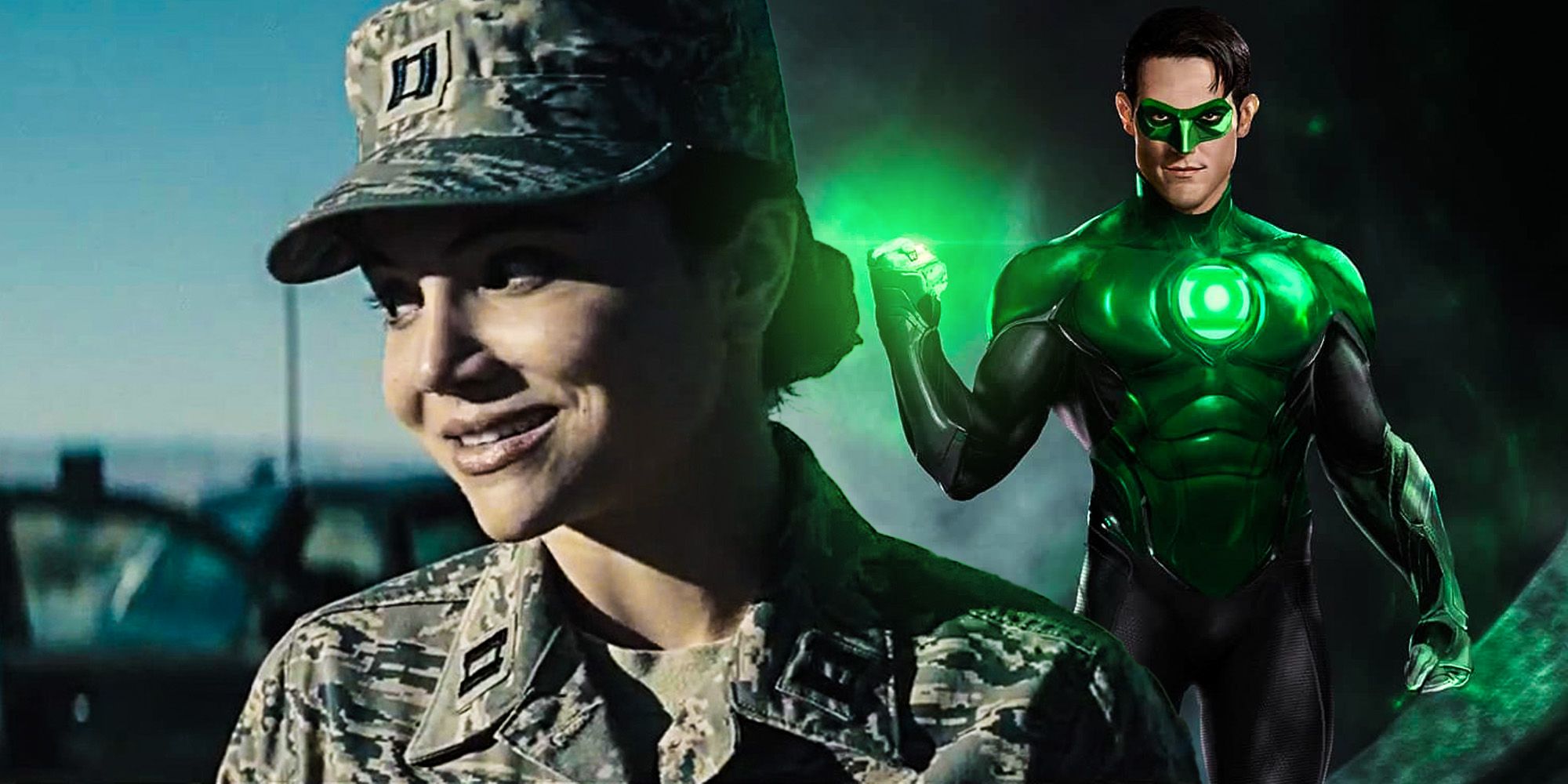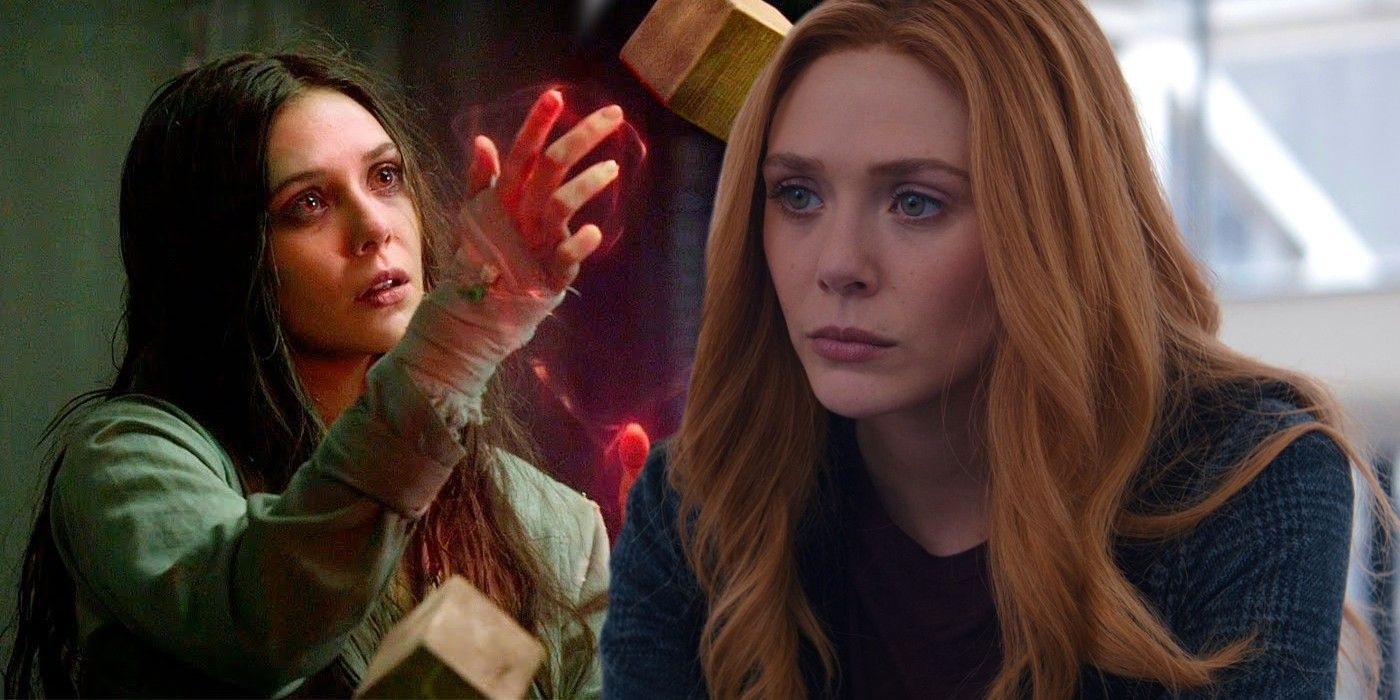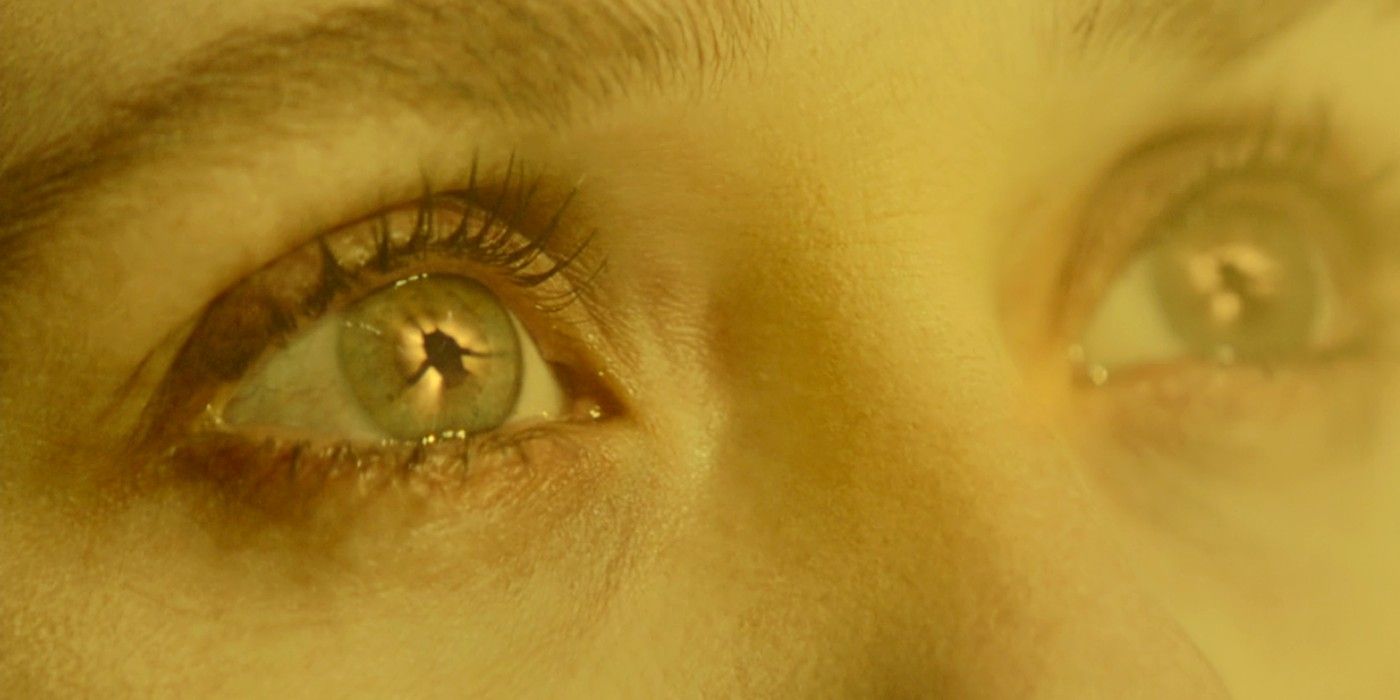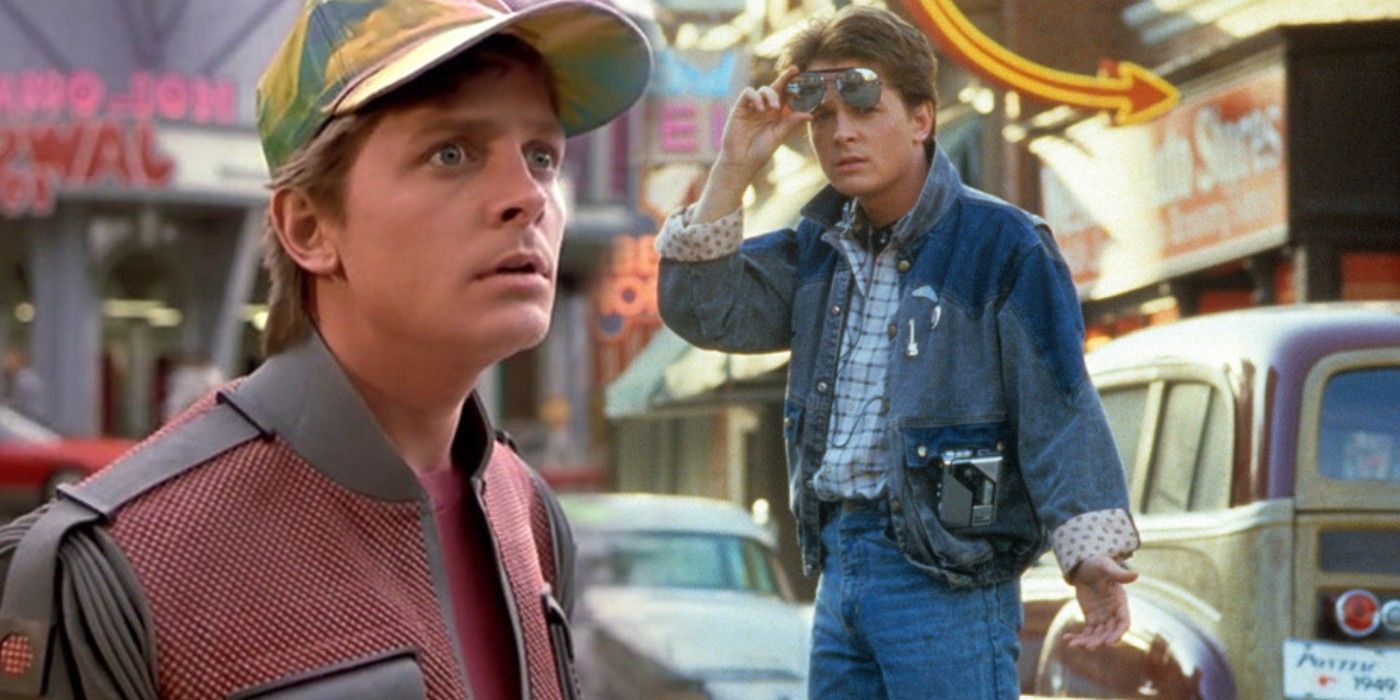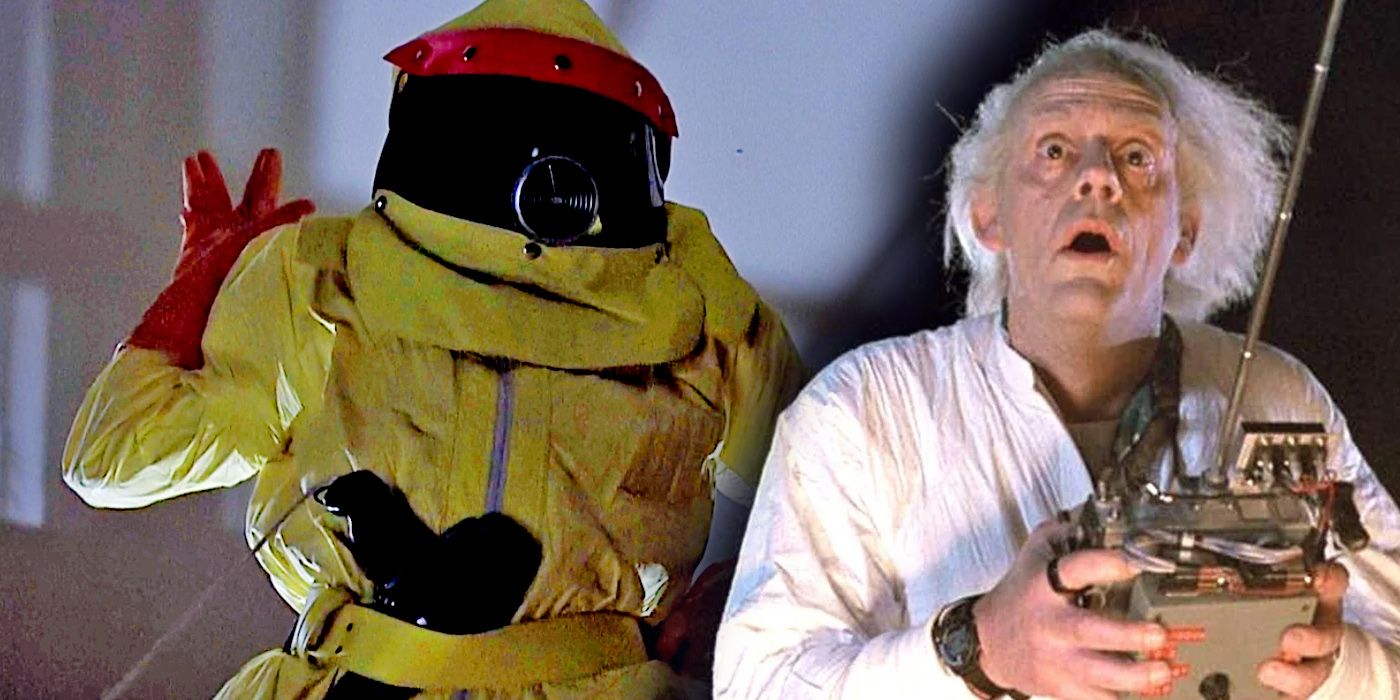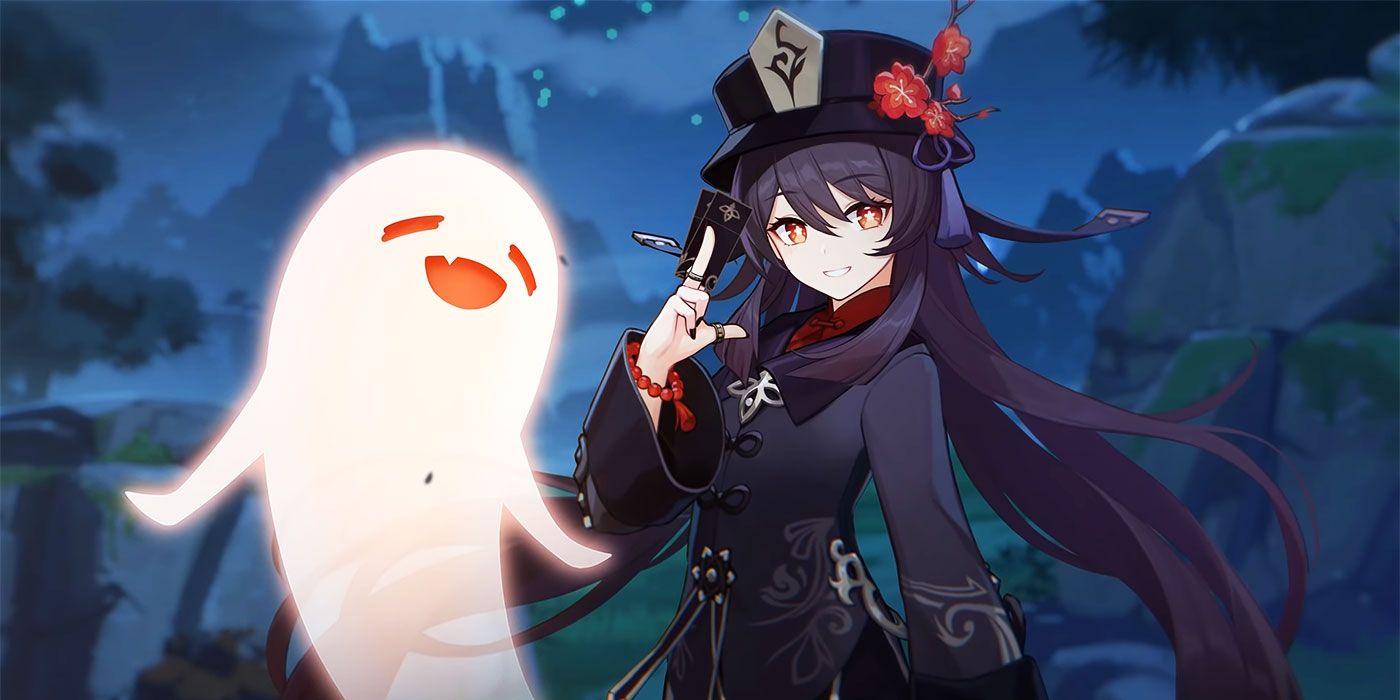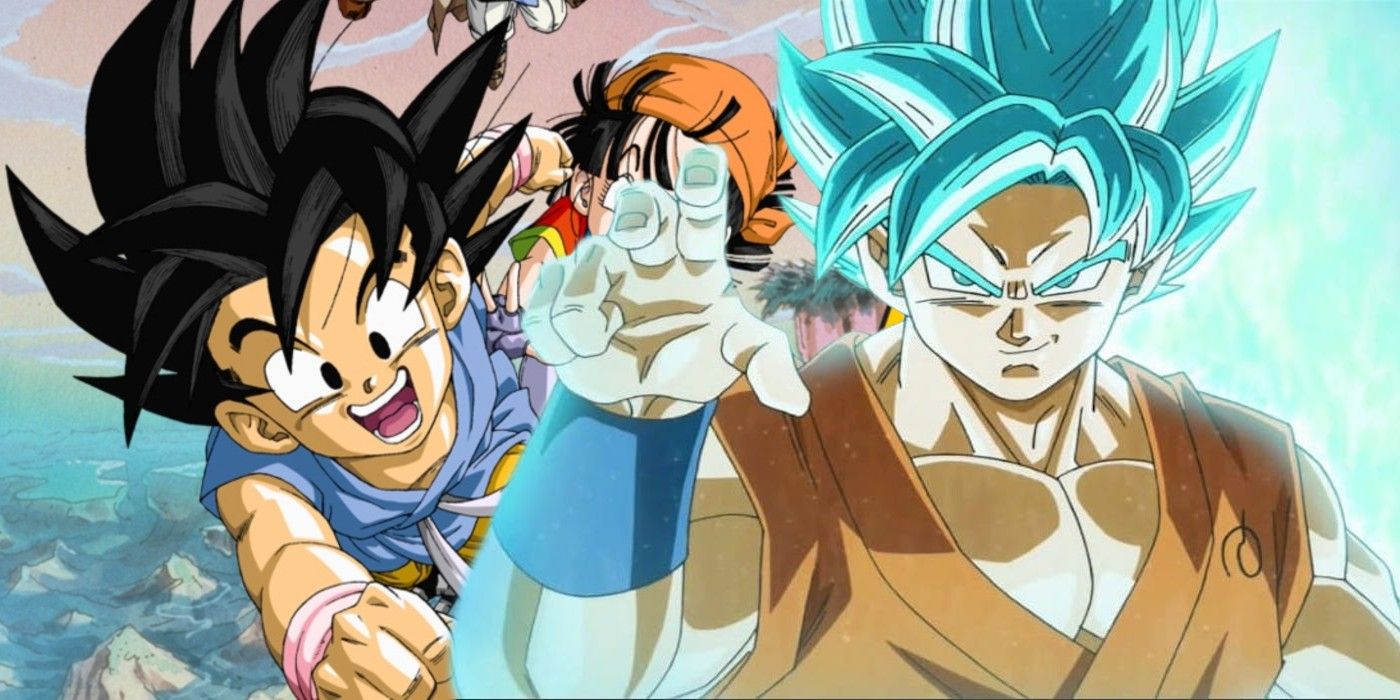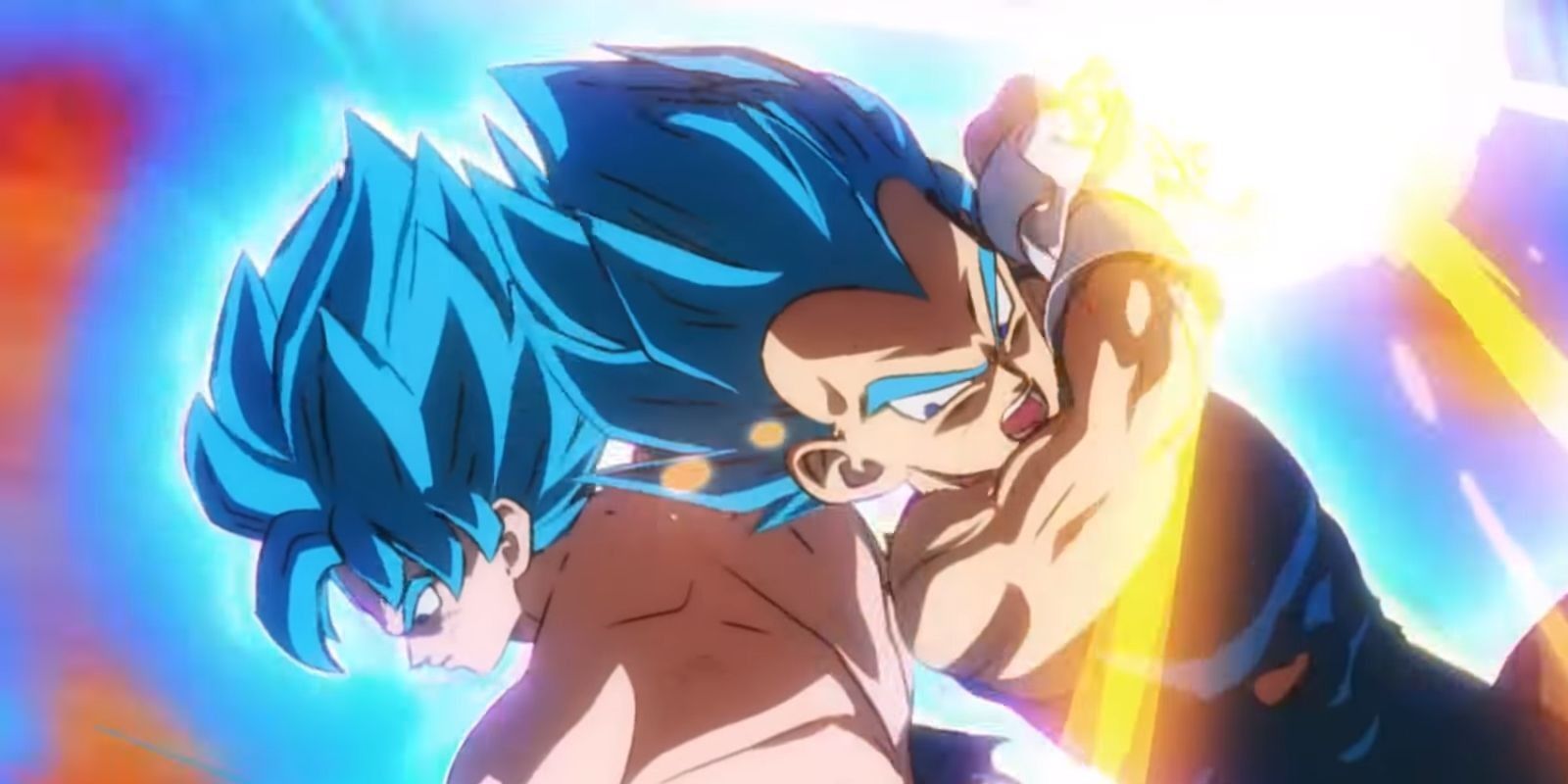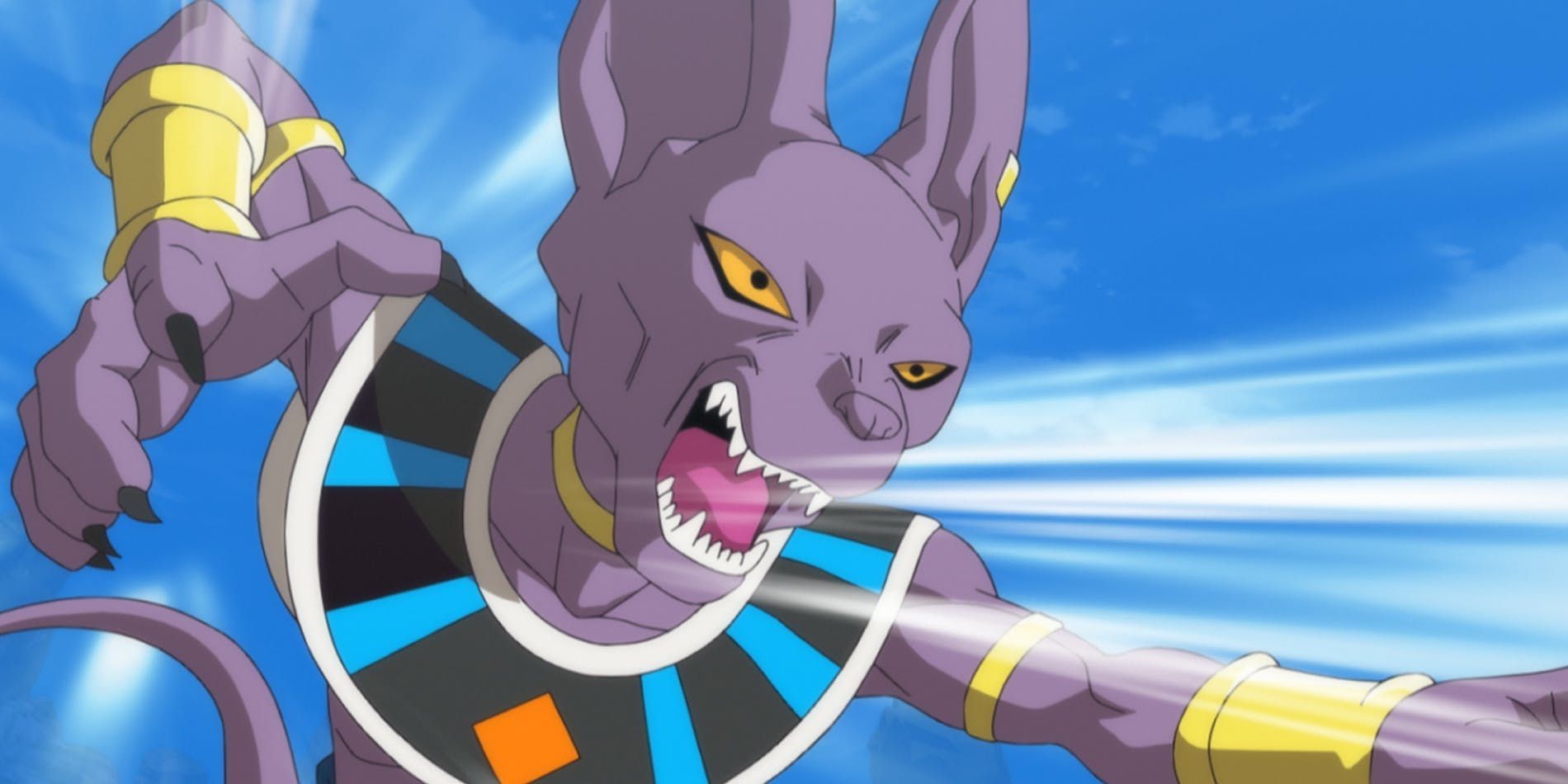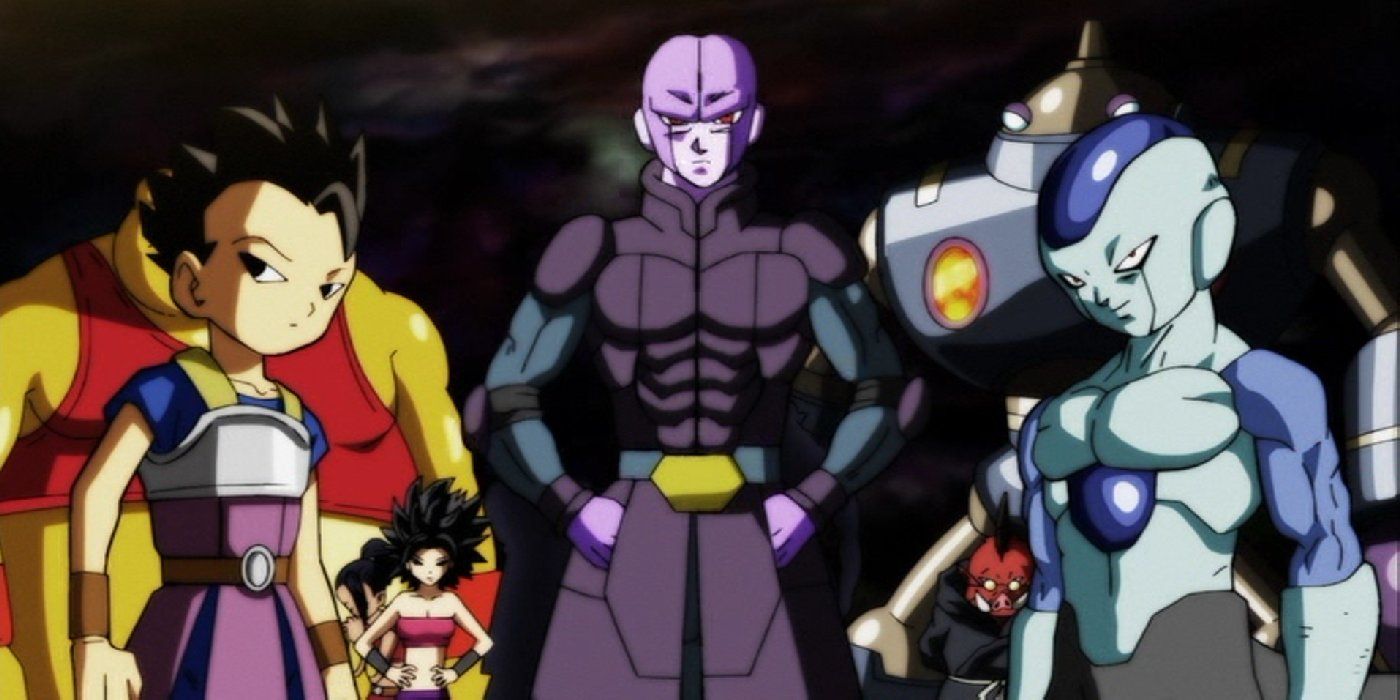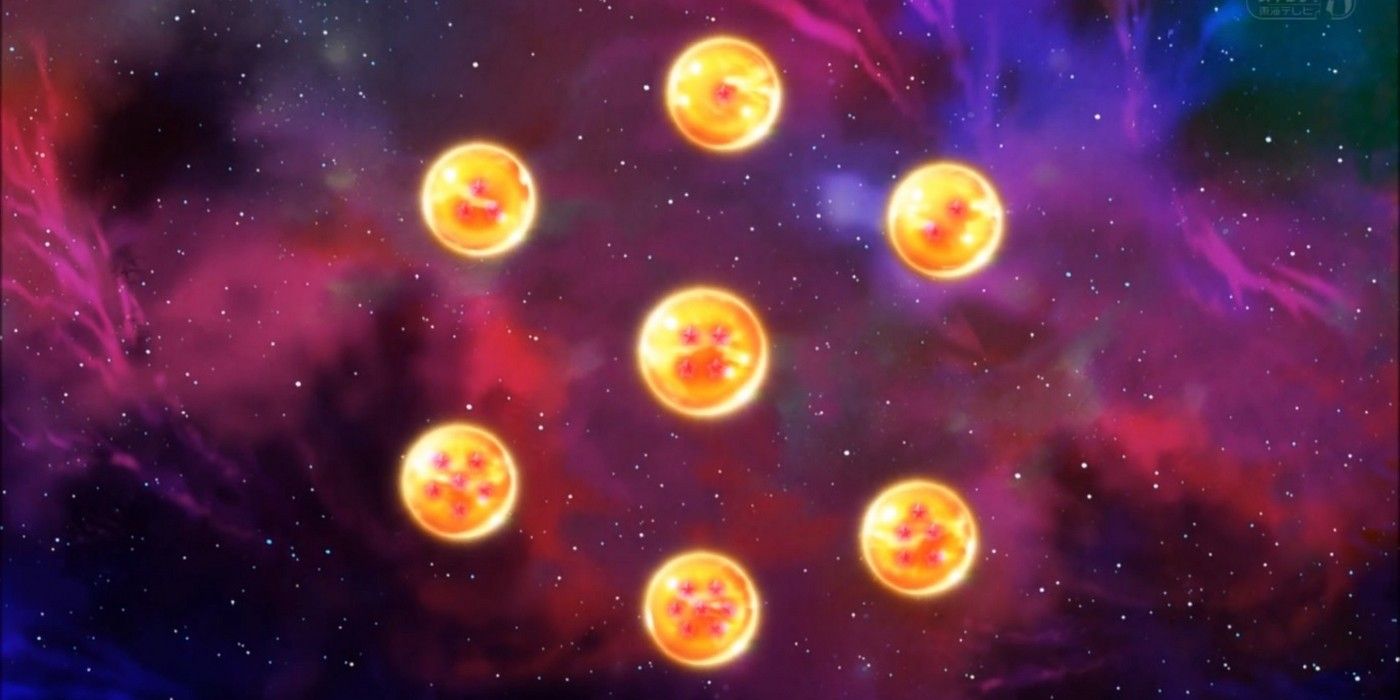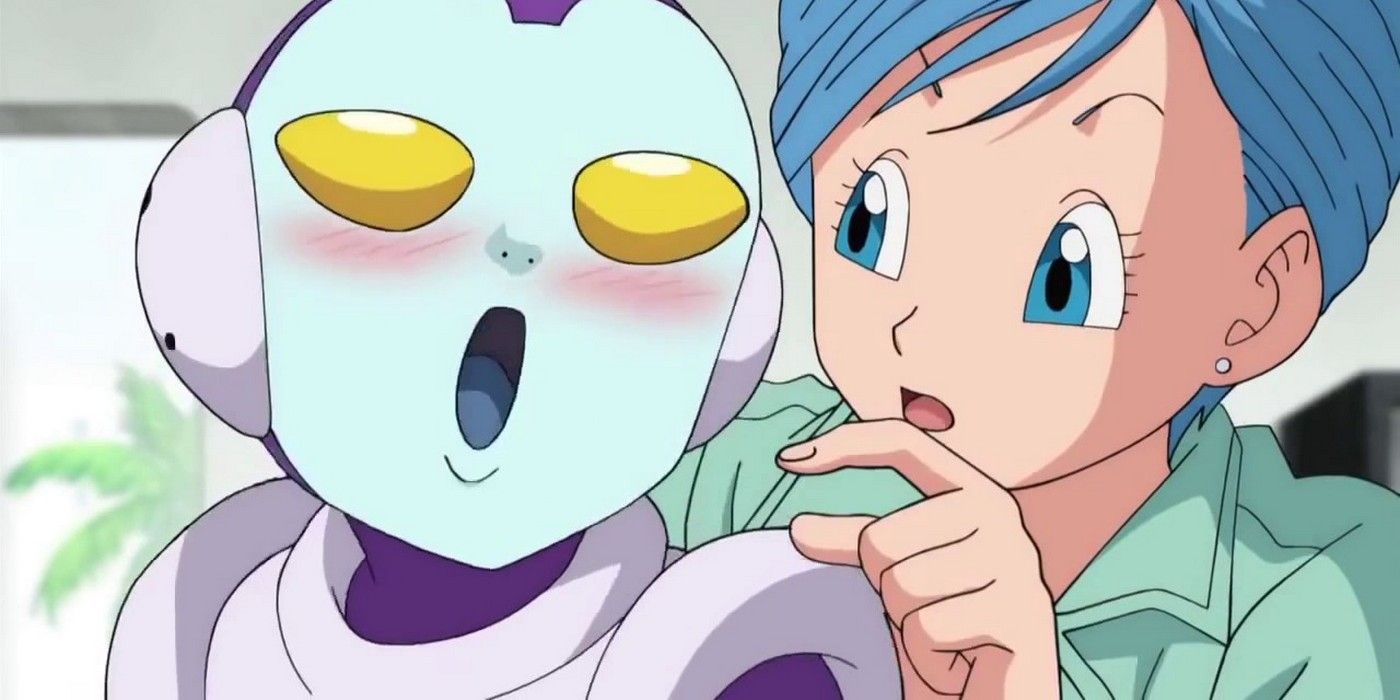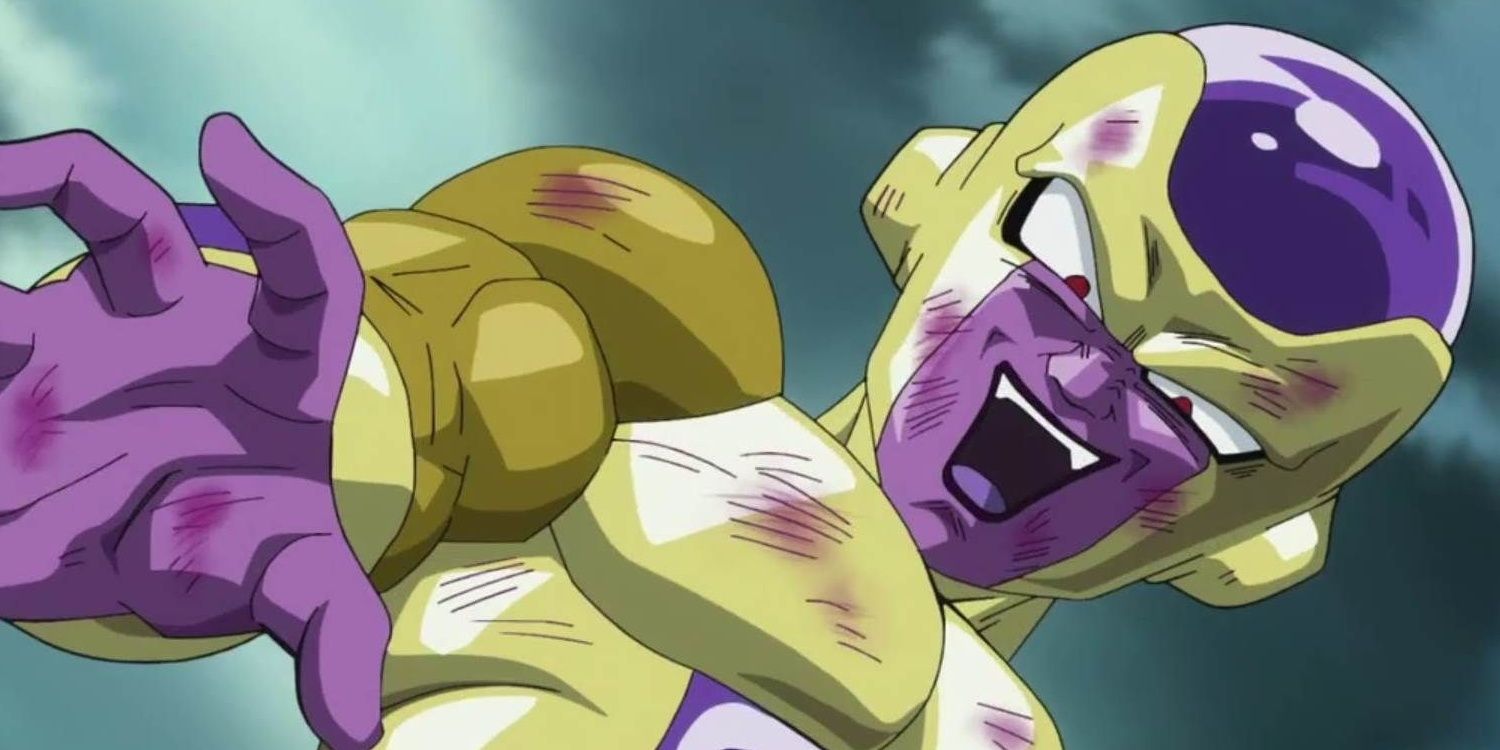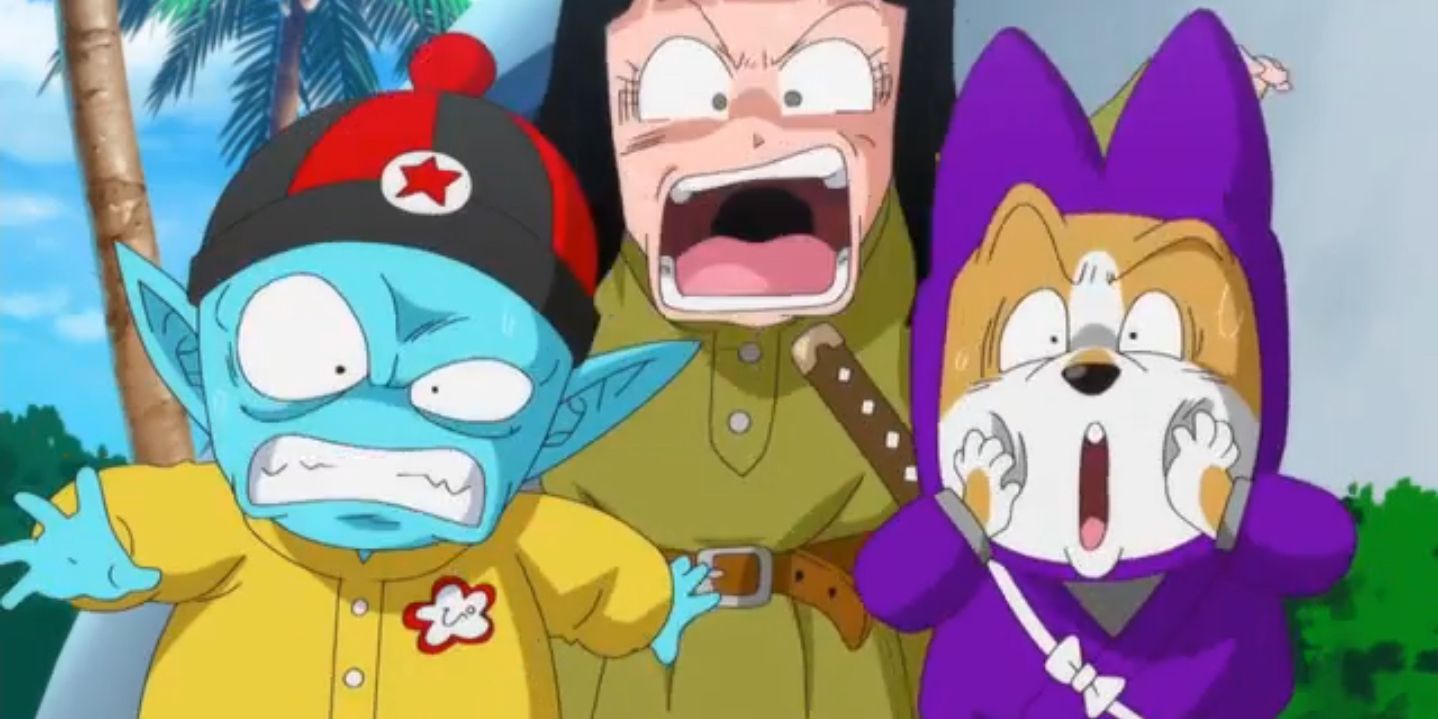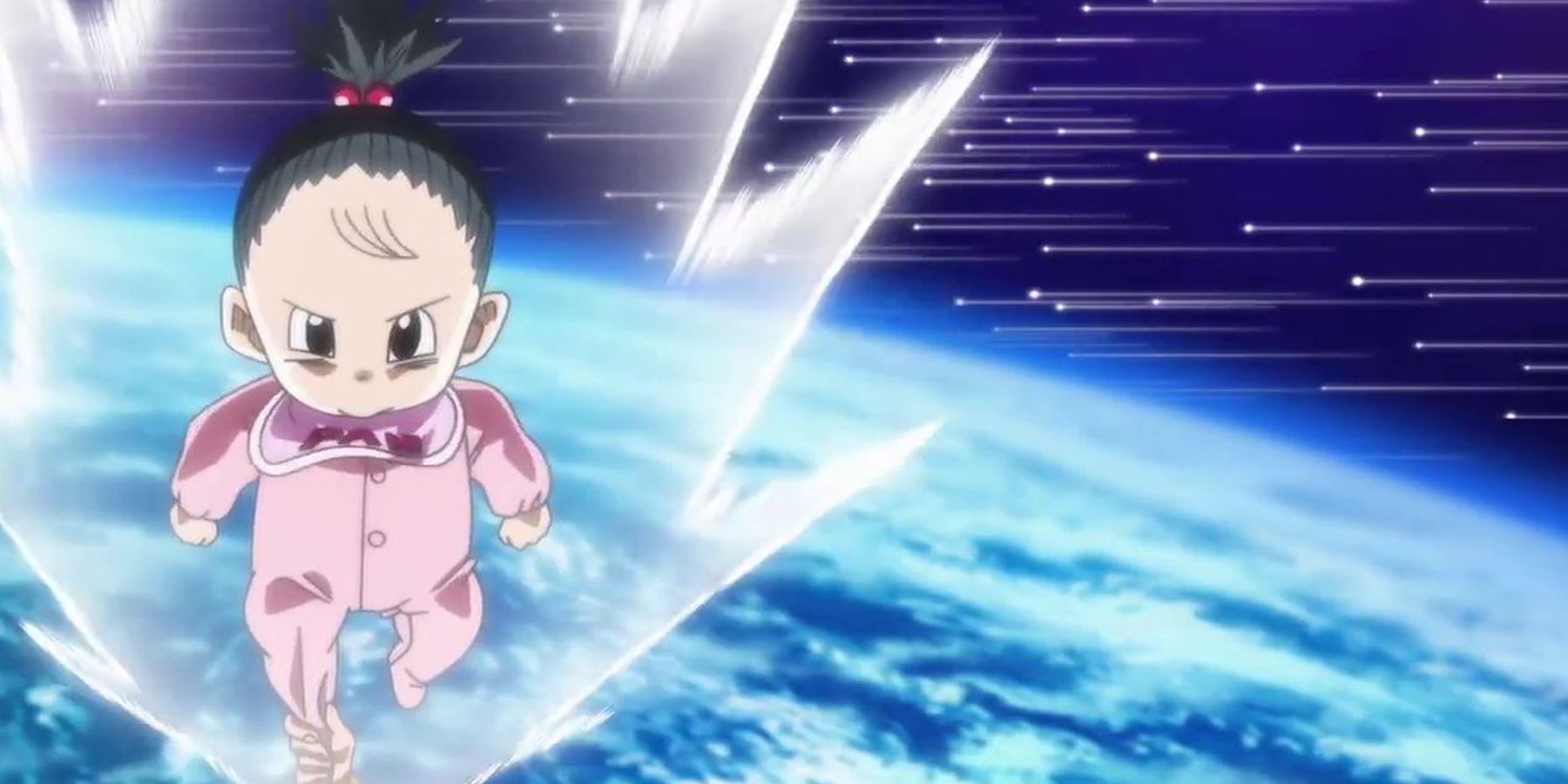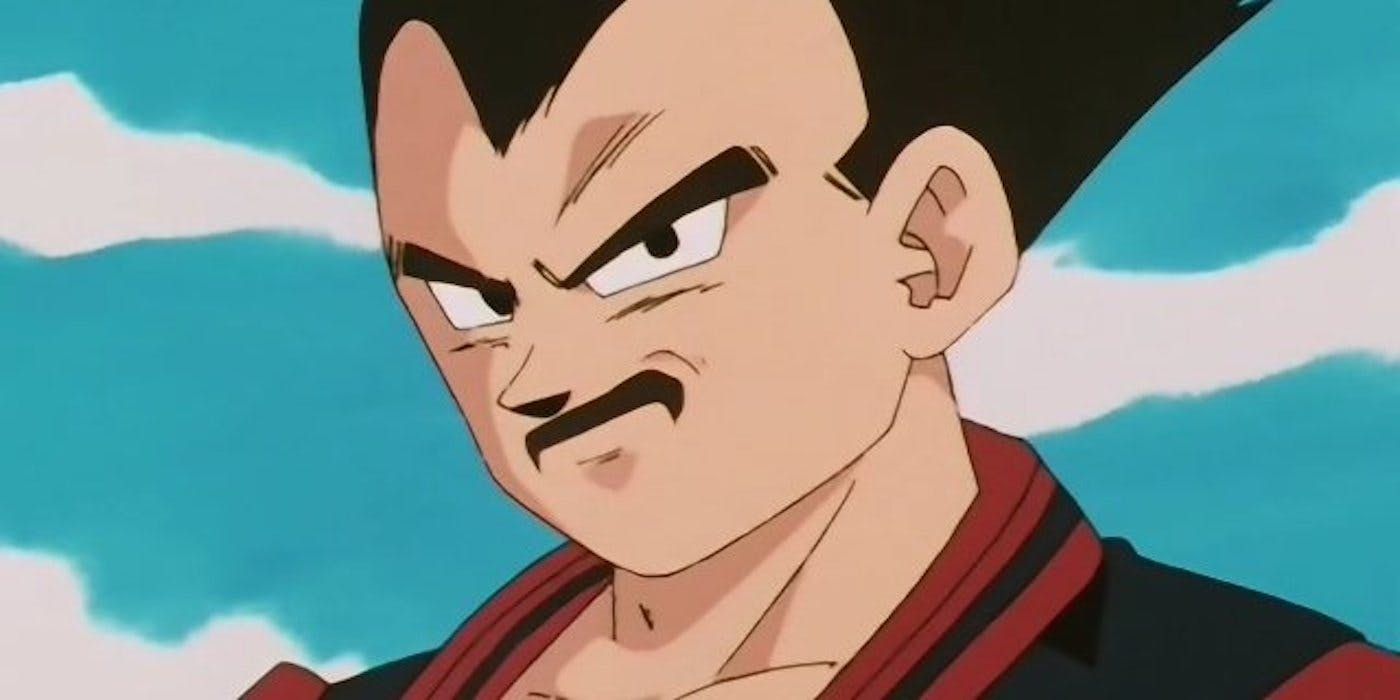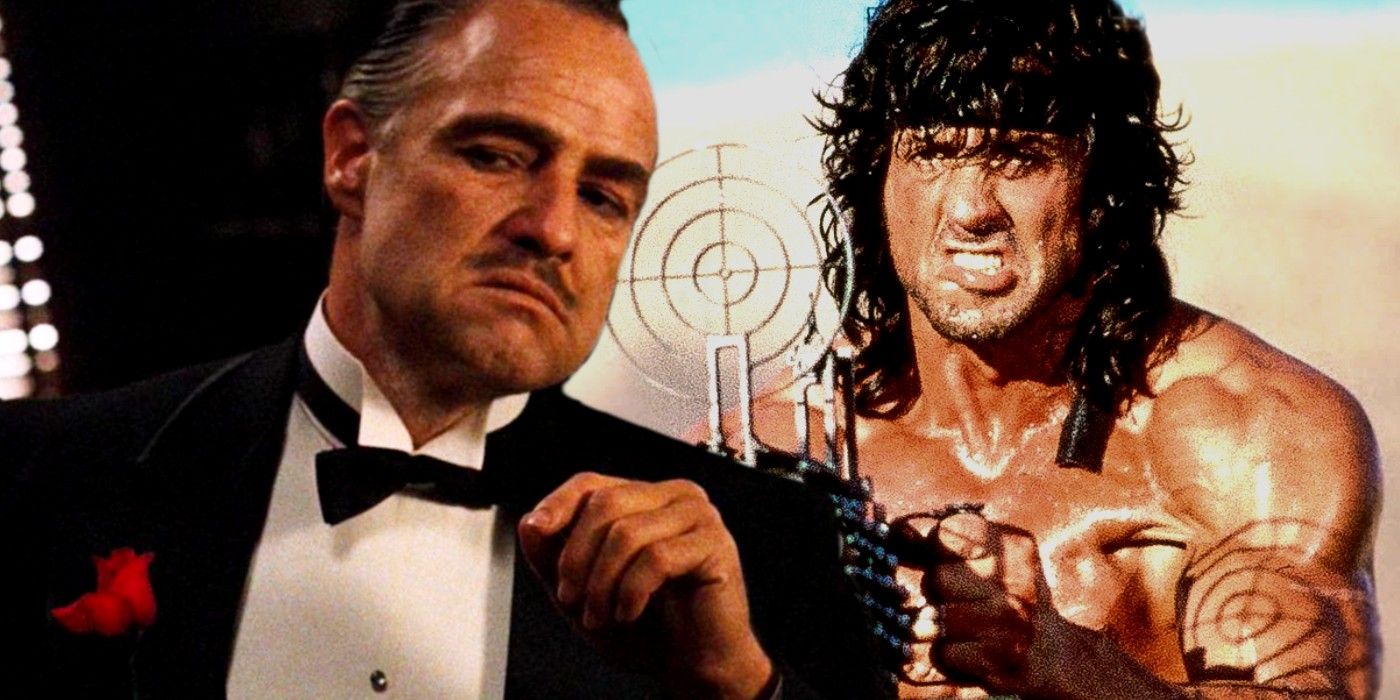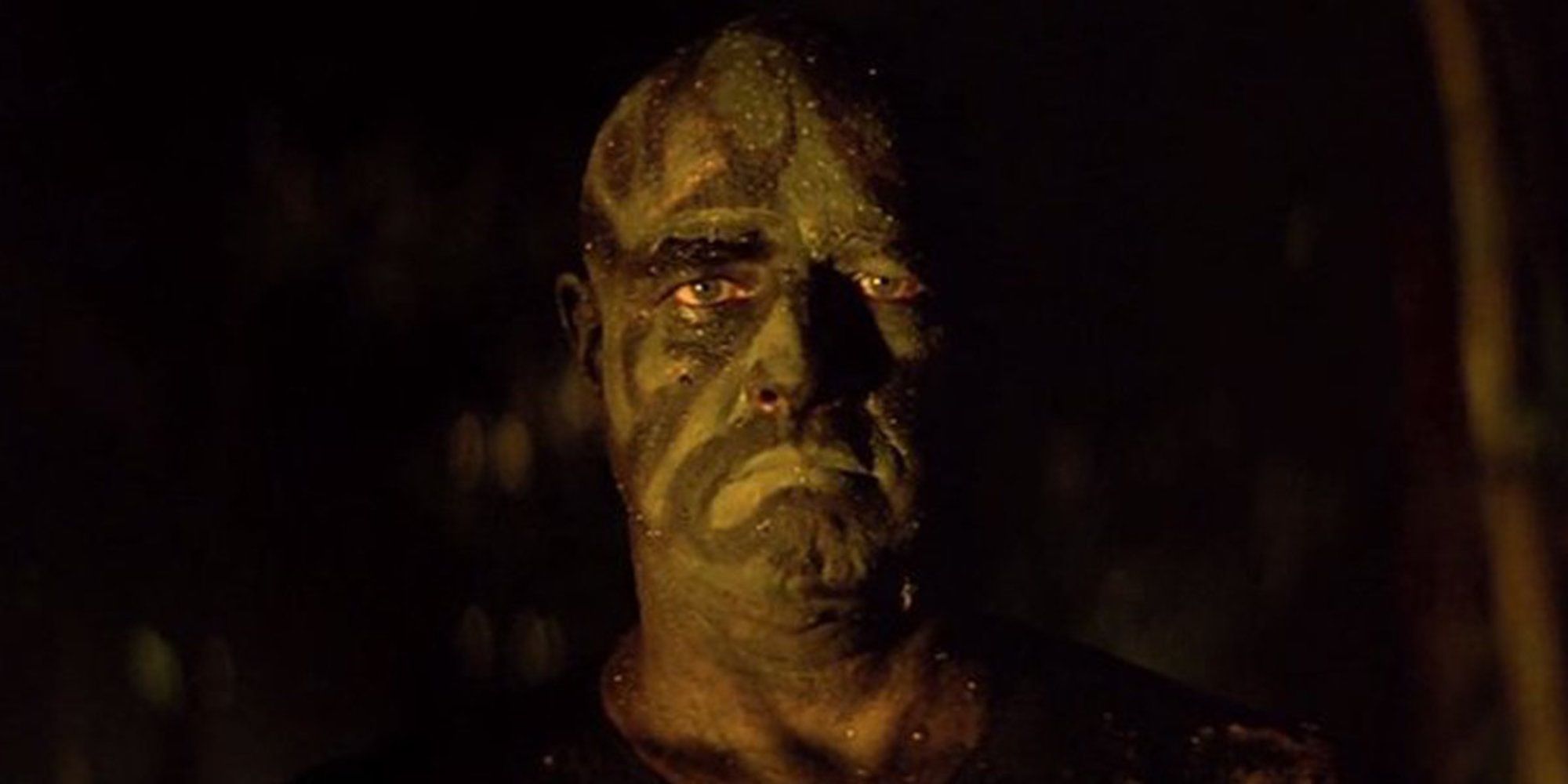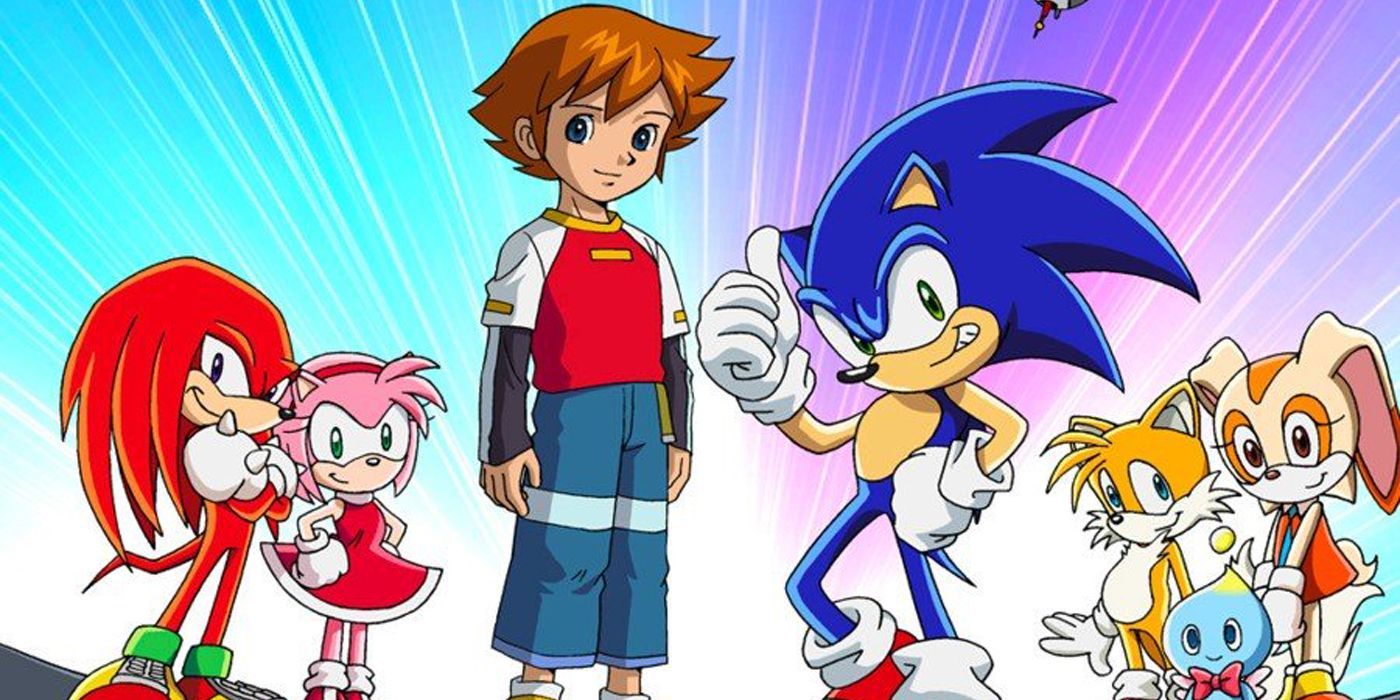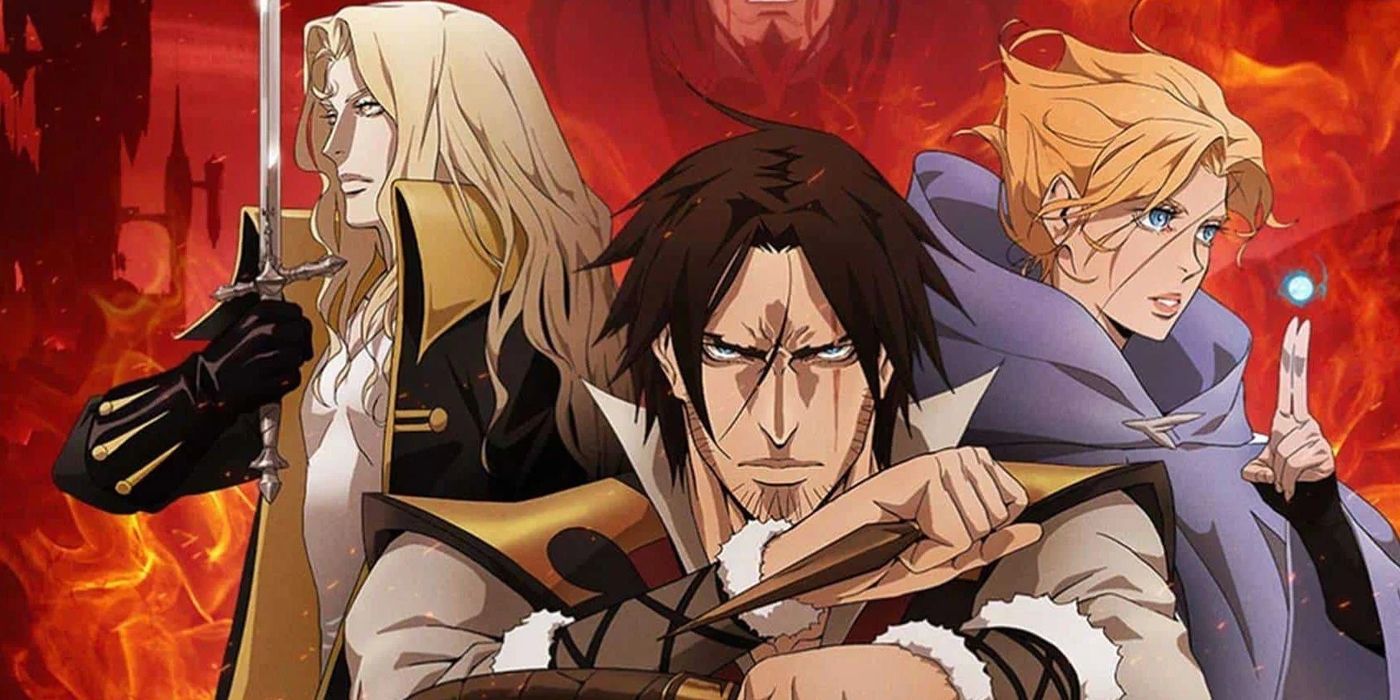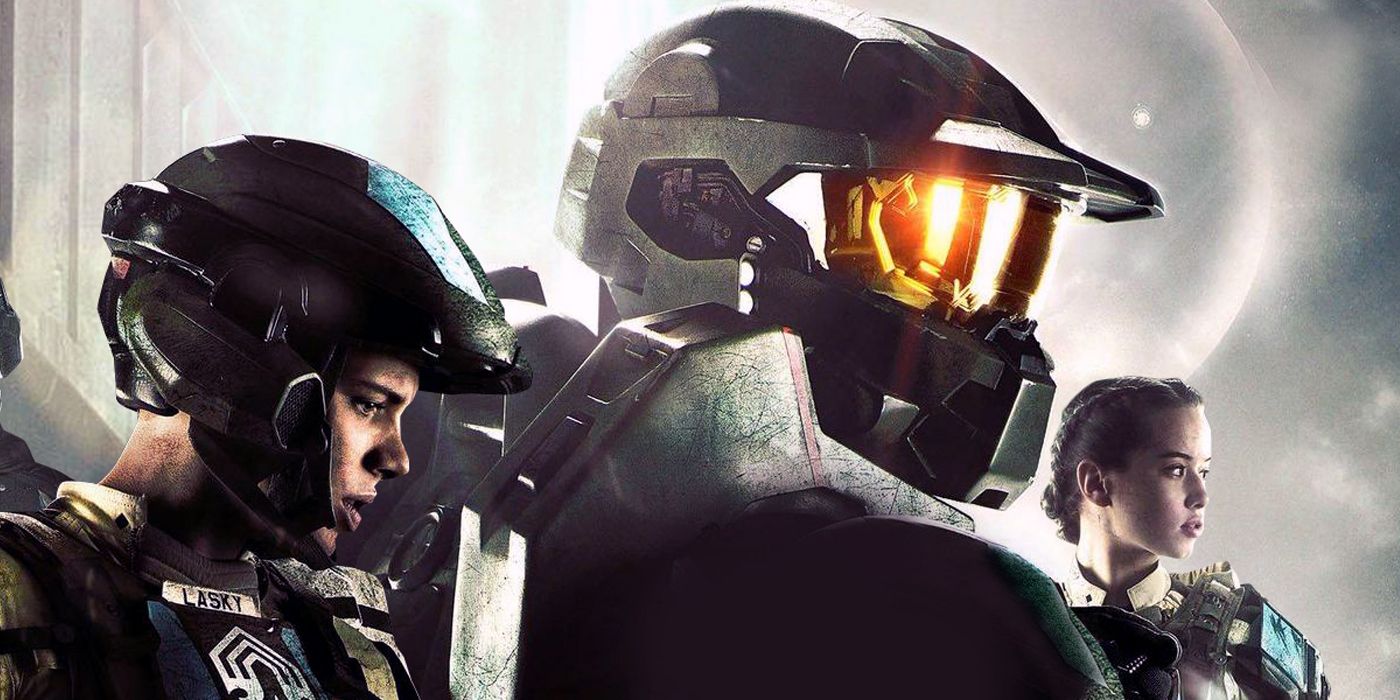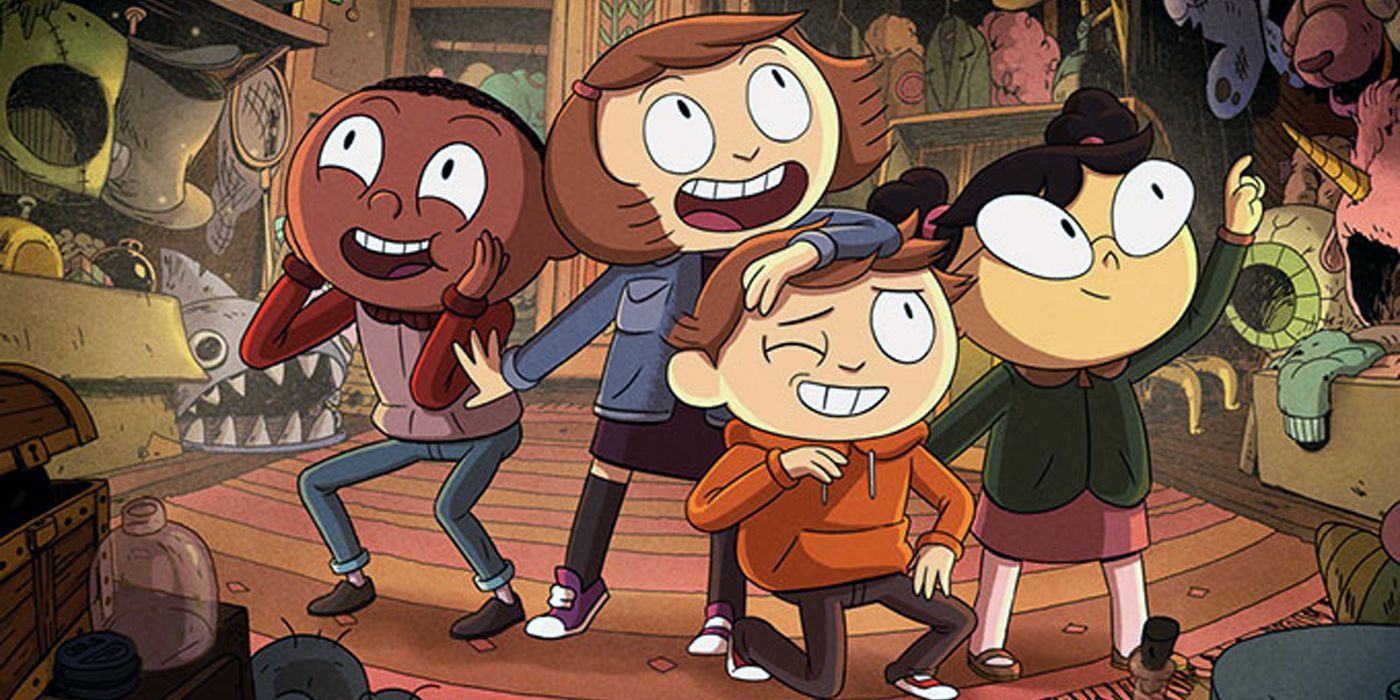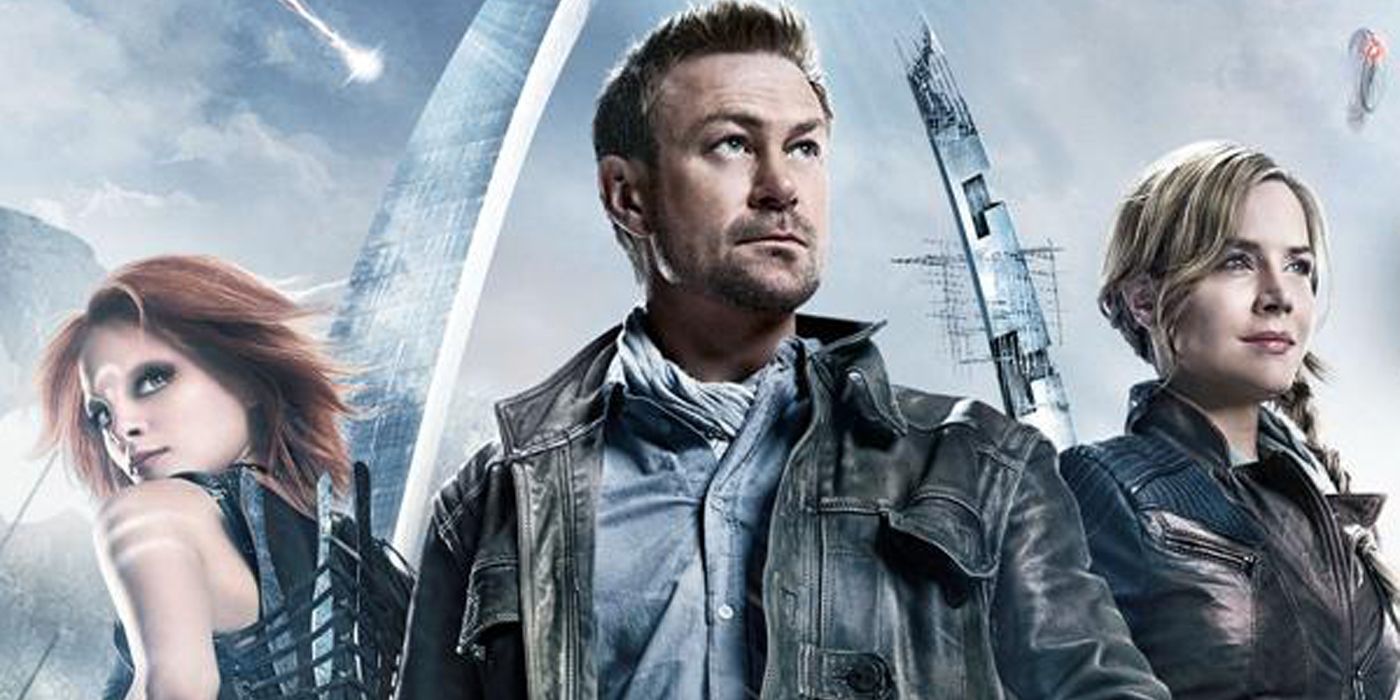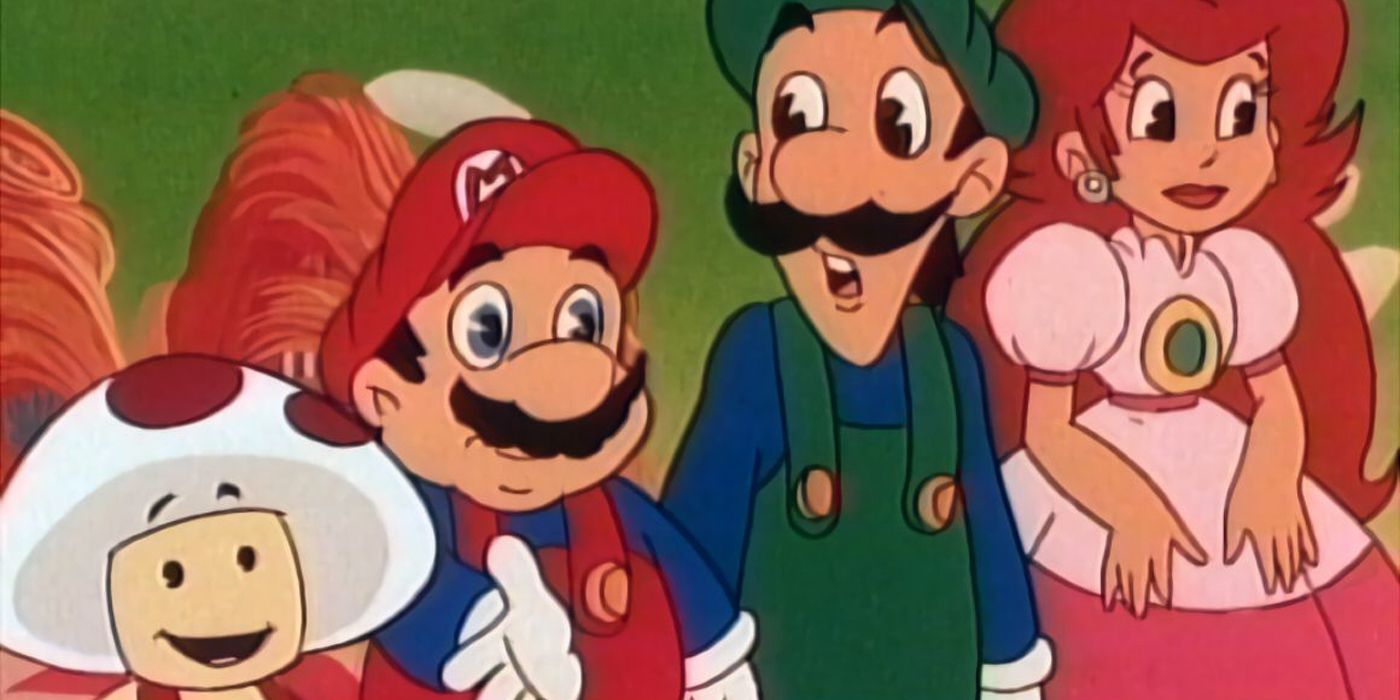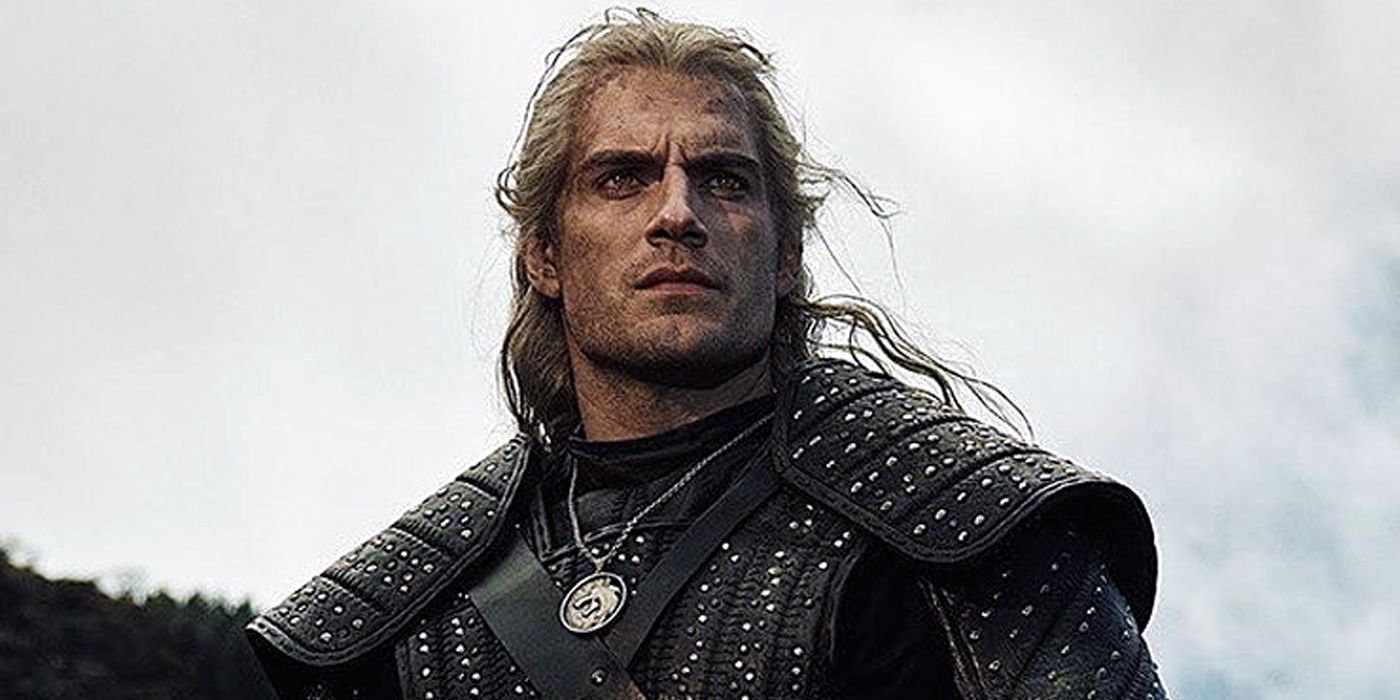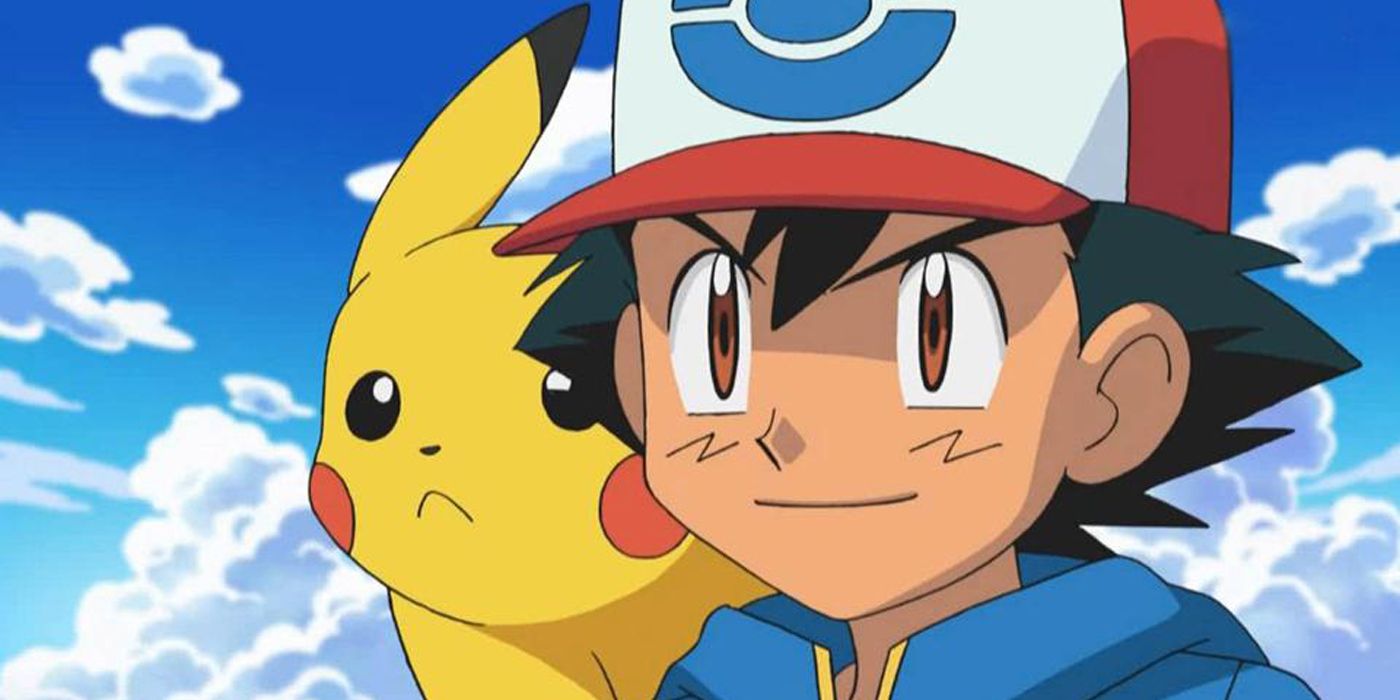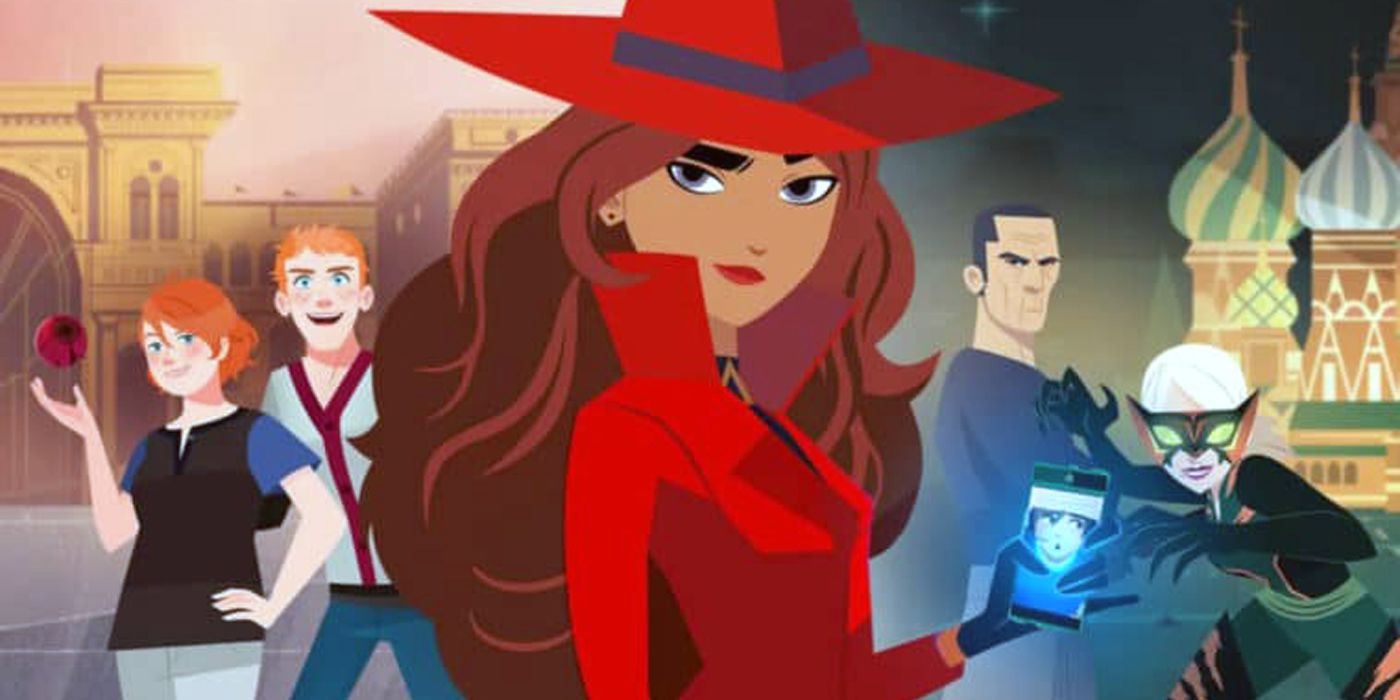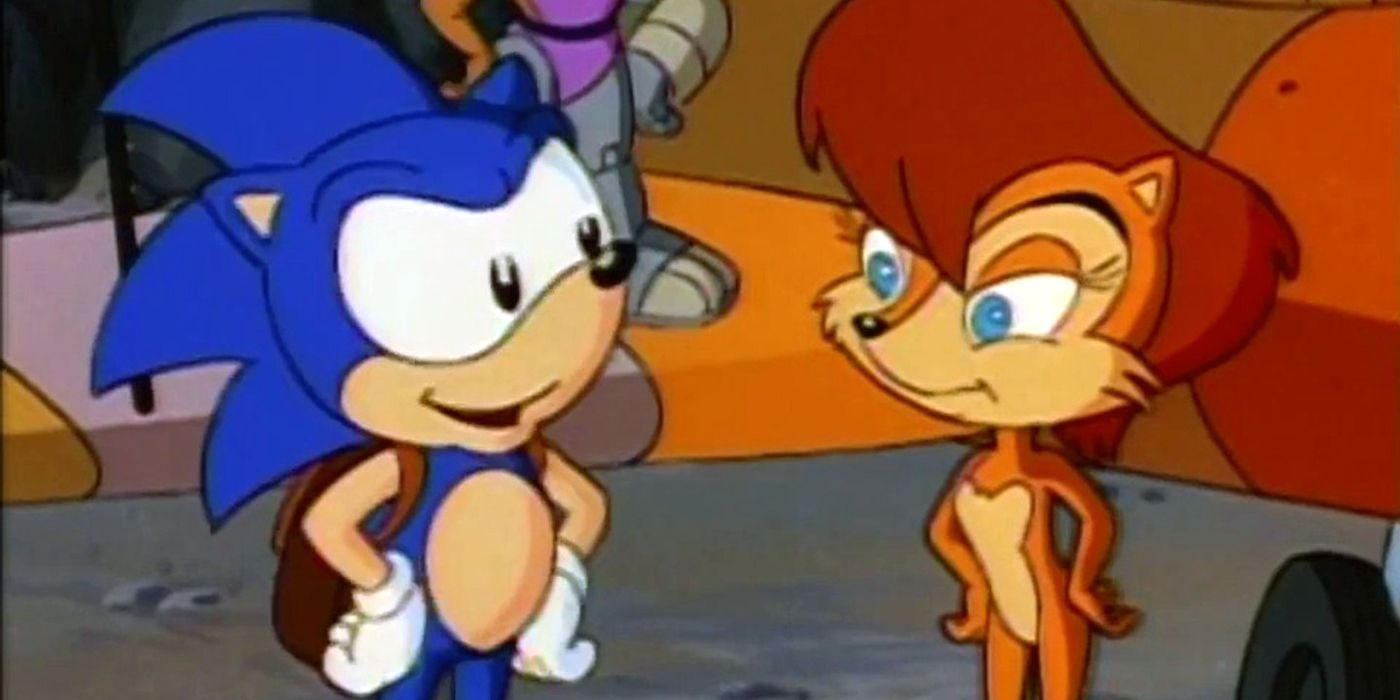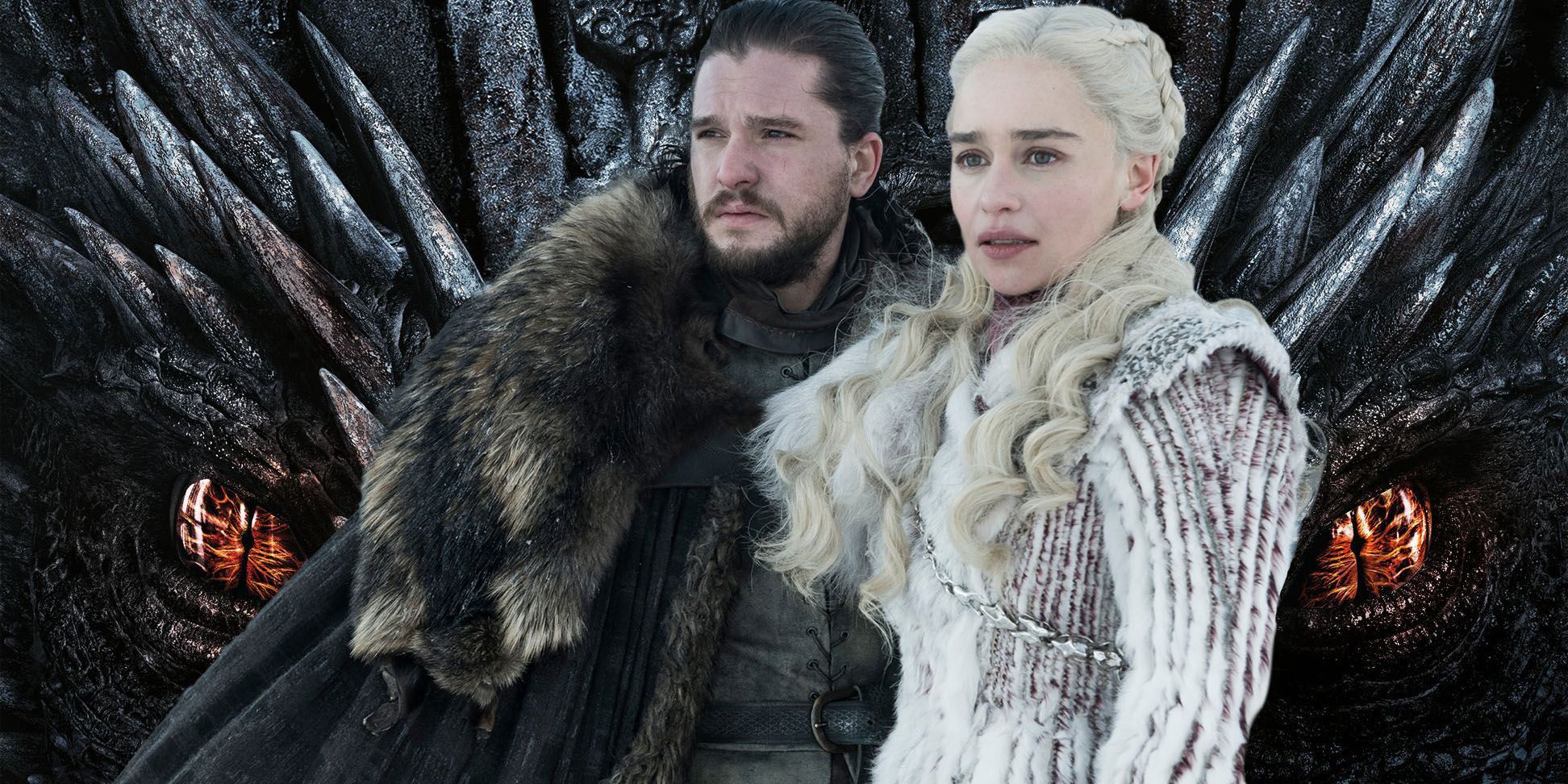
HBO's Game of Thrones is known for its extensive cast list, but only 12 characters appeared in every season. Based on George R. R. Martin's A Song of Ice and Fire novels, the fantasy show debuted in April 2011, running eight seasons before coming to an end in May 2019. The series, created by David Benioff and D. B. Weiss, consisted of 73 total episodes. Oddly enough, none of the actors in Game of Thrones appeared in more than 67 episodes, but there were plenty whose arcs were prevalent in all eight installments.
To follow the foundation put in place by Martin's epic tale, Game of Thrones featured a large ensemble cast. With a pivotal war taking place in the fictional nation of Westeros, an array of noble families were swept up into the conflict surrounding the claim for the Iron Throne. Besides the dozens upon dozens of notable side characters and guest stars, the series had an impressive list of primary figures. Among the actors in the front and center for much of the show included Kit Harington, Emilia Clarke, Peter Dinklage, Nikolaj Coster-Waldau, and Lena Headey. Those names, however, only scratch the surface when it came to the Game of Thrones' cast list.
Based on the amount of characters introduced in Game of Thrones, some viewers would expect the number of series regulars to be much higher. Figures like Bran Stark, Davos Seaworth, and Brienne of Tarth were integral to the plot, but that trio didn't appear every season. That said, here's every character who did have a role in all eight seasons.
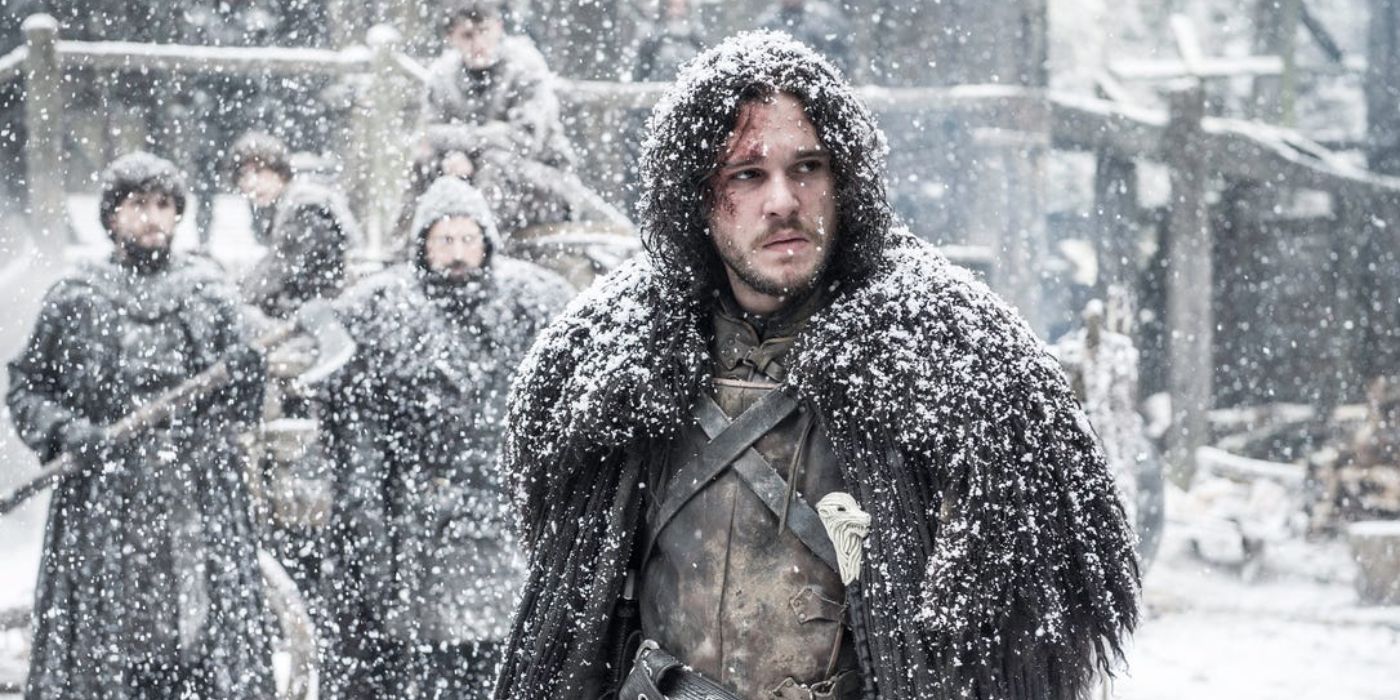
Jon Snow appeared in a total of 62 episodes across the eight seasons of Game of Thrones. Originally presented as Ned Stark's bastard son, Jon eventually learned he was the son of Lyanna Stark and Rhaegar Targaryen. After becoming the Lord Commander of the Night's Watch, Jon turned his sights to restoring House Stark's control of the North while preventing an impending war against the White Walkers. Despite Jon's romantic involvement and loyalty to Daenerys Targaryen, he had no choice but to kill her before taking the Iron Throne in season 8. Harington survived the events of the series as he rejoined the Night's Watch when he was sent into exile.
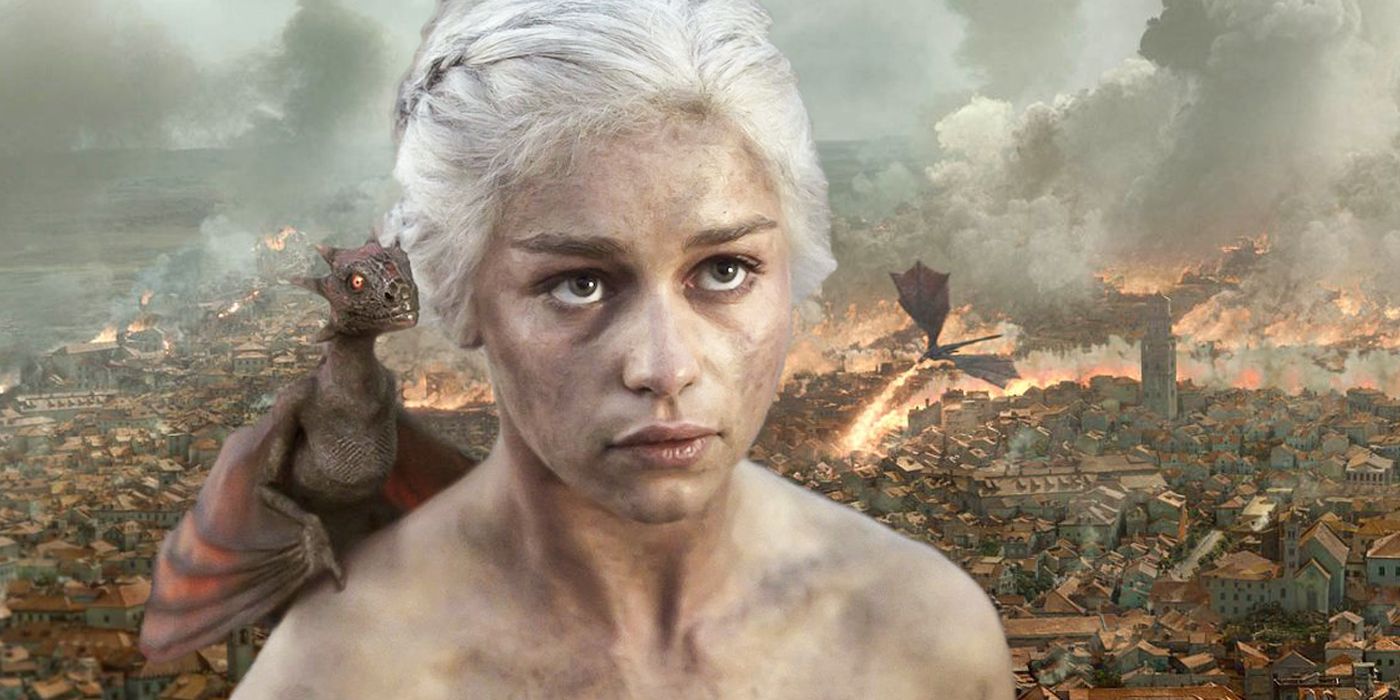
Daenerys Targaryen coincidentally starred in the same number of episodes as her eventual lover/murderer, Jon Snow. As one of the lead female figures, Daenerys started as the Princess of Dragonstone before becoming the Mother of Dragons and a Queen in the eyes of her followers. Her rise in power started after she married Khal Drogo, but her three dragons greatly helped her conquer several key locations. Upon aligning with Jon to thwart a takeover by the Night King, Daenerys focused on the Iron Throne. Though she briefly became the ruler of the Seven Kingdoms, her death in the series finale occurred before she was could officially sit atop the throne.
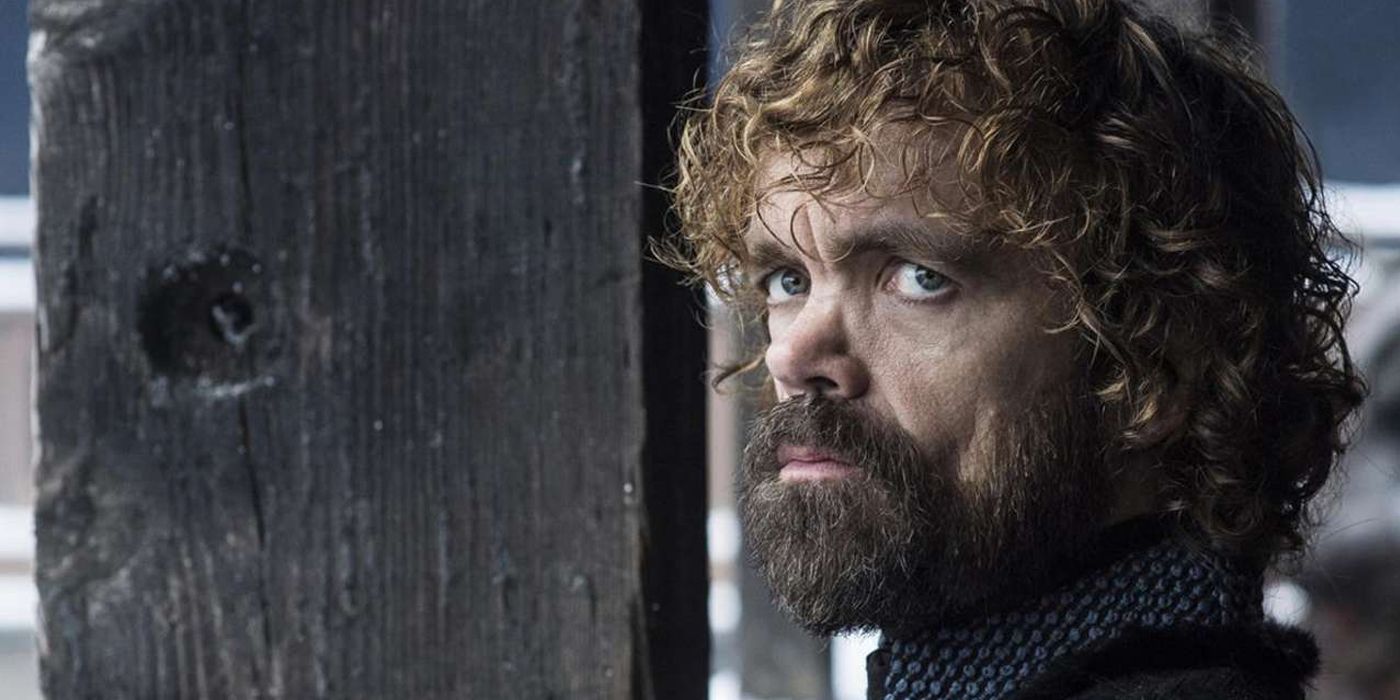
Out of all the characters featured in Game of Thrones, Tyrion Lannister appeared in the most episodes, totaling 67 out of the 73. The youngest child of Lord Tywin Lannister was always at odds with his family, which continued through adulthood. Despite serving his noble house, including his sadistic nephew, Joffrey Baratheon, Tyrion eventually switched allegiances to assist Daenerys' endeavors. By the end of the series, Tyrion was the last surviving Lannister when he was named the new Lord of Casterly Rock and Hand of the King.
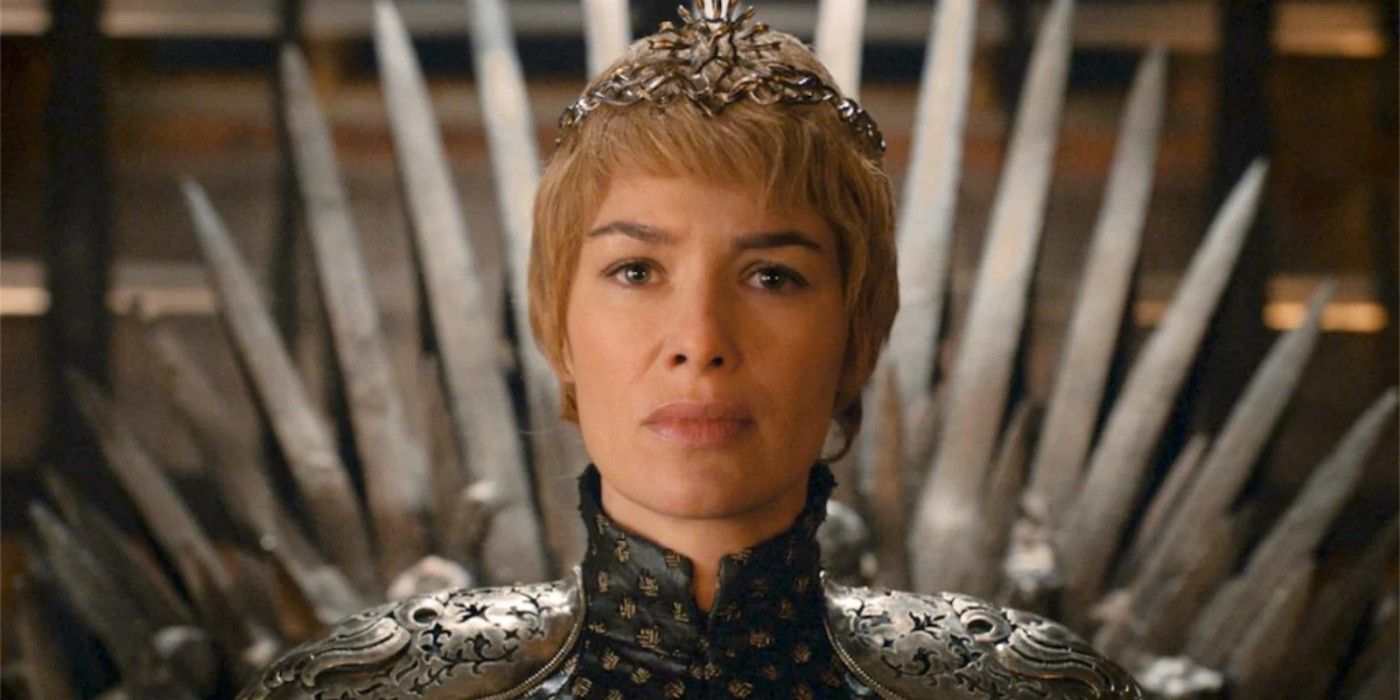
Cersei Lannister was another character to be present for 62 total episodes of the epic fantasy series. Though Cersei was presented as one of the show's biggest villains, the figure suffered a lot of trauma on a personal level. She eventually became the Queen of the Seven Kingdoms, but it came after the deaths of all of her children. Cersei's secretive incestuous relationship with her twin brother, Jaime, never allowed her to live a fulfilling life. While the secrets caught up with her, her future was already in jeopardy by being the enemy of Daenerys. Cersei starred in season 8, but she didn't make it to the series finale due to her death caused by Daenerys attack on King's Landing.
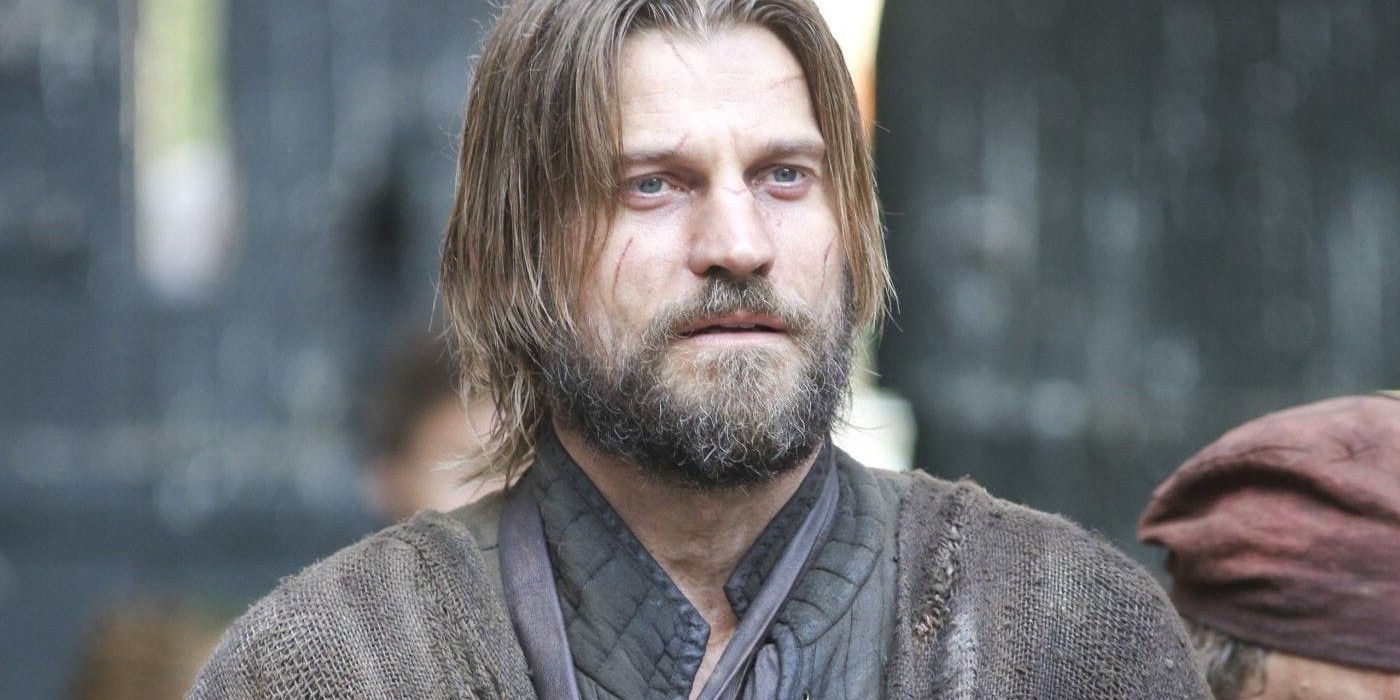
Like his siblings, Jaime Lannister starred in all eight seasons of Game of Thrones, coming in at 55 episodes. The "Kingslayer" wasn't sadistic like his twin sister/lover, but he was also loyal to House Lannister despite the trouble they caused throughout Westeros. Interestingly, Jaime helped House Stark on several occasions, including the Battle of Winterfell. In the show's final season, Jaime attempted to return to Cersei as Daenerys looked to dethrone the queen. Jaime and Cersei were killed after being buried in the rubble of the destruction caused by Daenerys' rage-fueled attack on the city.
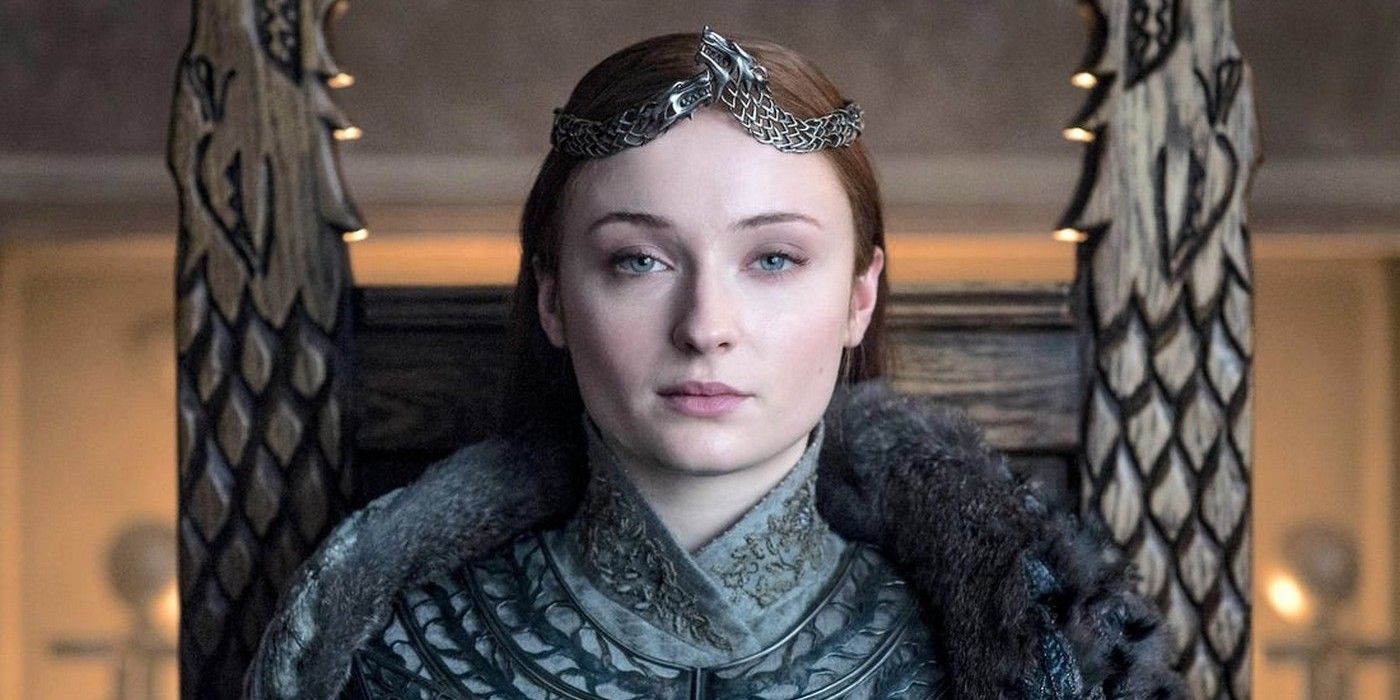
Ned and Catelyn Stark's eldest daughter had arguably the most compelling arc throughout Game of Thrones' run. Sansa Stark started as a naive idealist who would have sold her soul to become a noblewoman. After being manipulated by House Lannister as more family members were killed, Sansa began acknowledging the truth. The young woman survived several brutal experiences, but she admirably used her hardships as motivation to keep moving forward. Shortly after returning to Winterfell and fighting for her home, Sansa was named the Queen of the North.
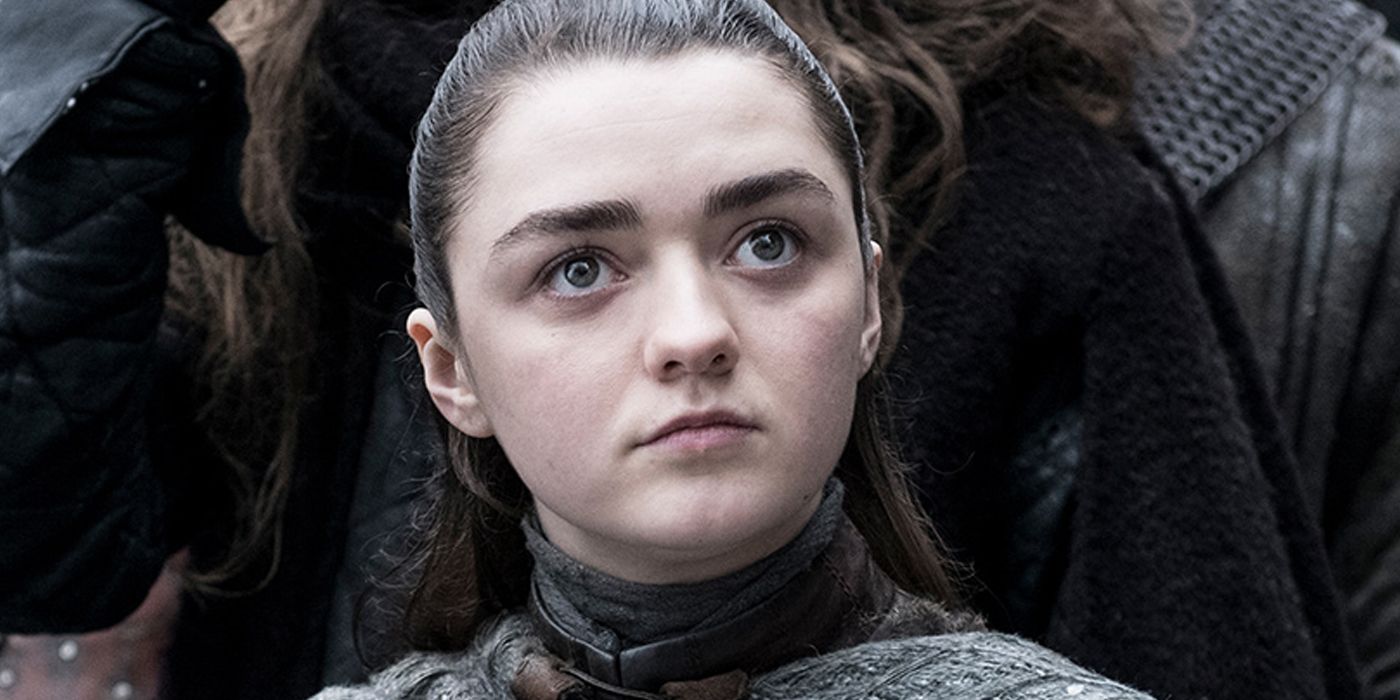
Though her path couldn't have been more different than Sansa's, Arya Stark also appeared in 59 episodes through Game of Thrones' eight seasons. Unlike her sister, Arya had a tomboy demeanor, which helped her escape the grasp of House Lannister. During her tumultuous journey, Arya acquired key allies before training as a Faceless Man. She eventually reunited with some of her family in Winterfell after checking off a few names on her kill list. Arya surprisingly served as the figure who killed the Night King. Following the assassination of Westeros, Arya decided to set off on a sailing trip, bringing an end to her arc in the series finale.
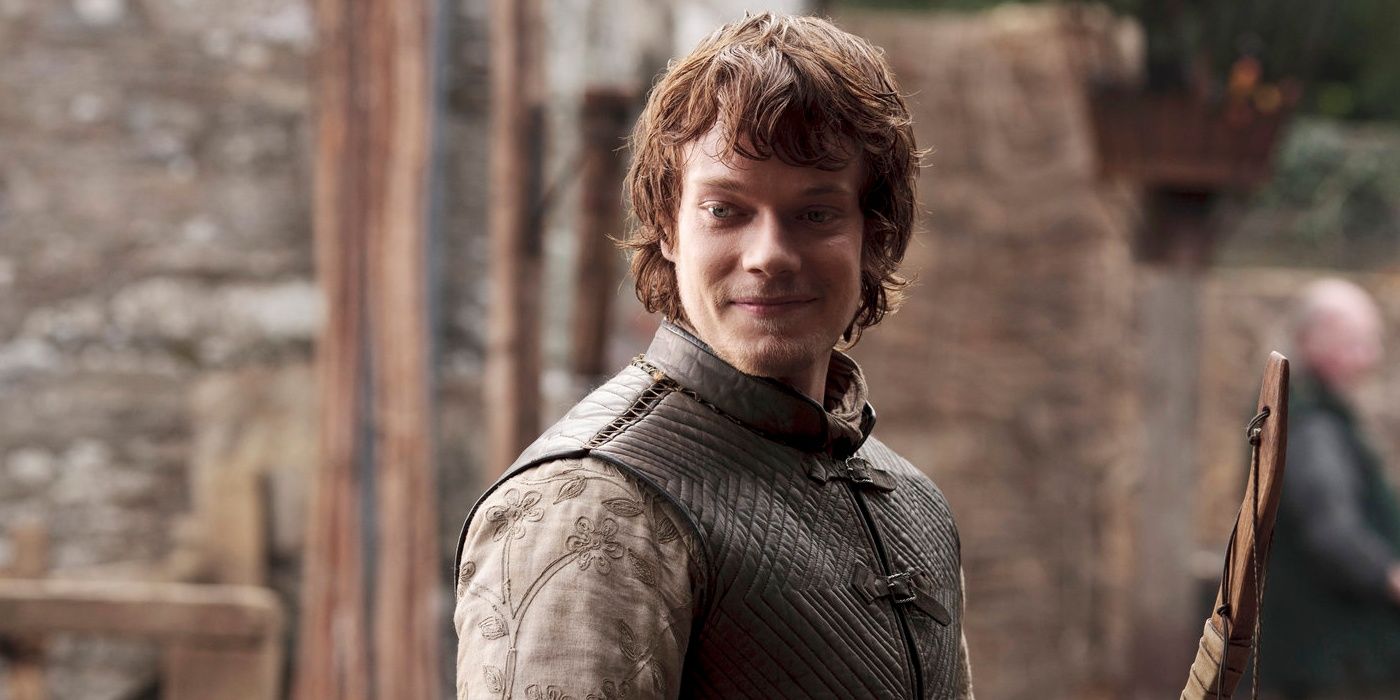
Theon Greyjoy was one of the more complicated characters in Game of Thrones based on his unpredictable loyalties throughout the eight seasons. Originally aligned with Robb Stark, Theon betrayed the family to support his father's invasion of the North. Following his time as a hostage of Ramsay Bolton, Theon attempted to redeem himself by saving Sansa from House Bolton. He also tried to make amends with his sister, Yara, before assisting in the Battle of Winterfell, where he died protecting Bran from the Night King.
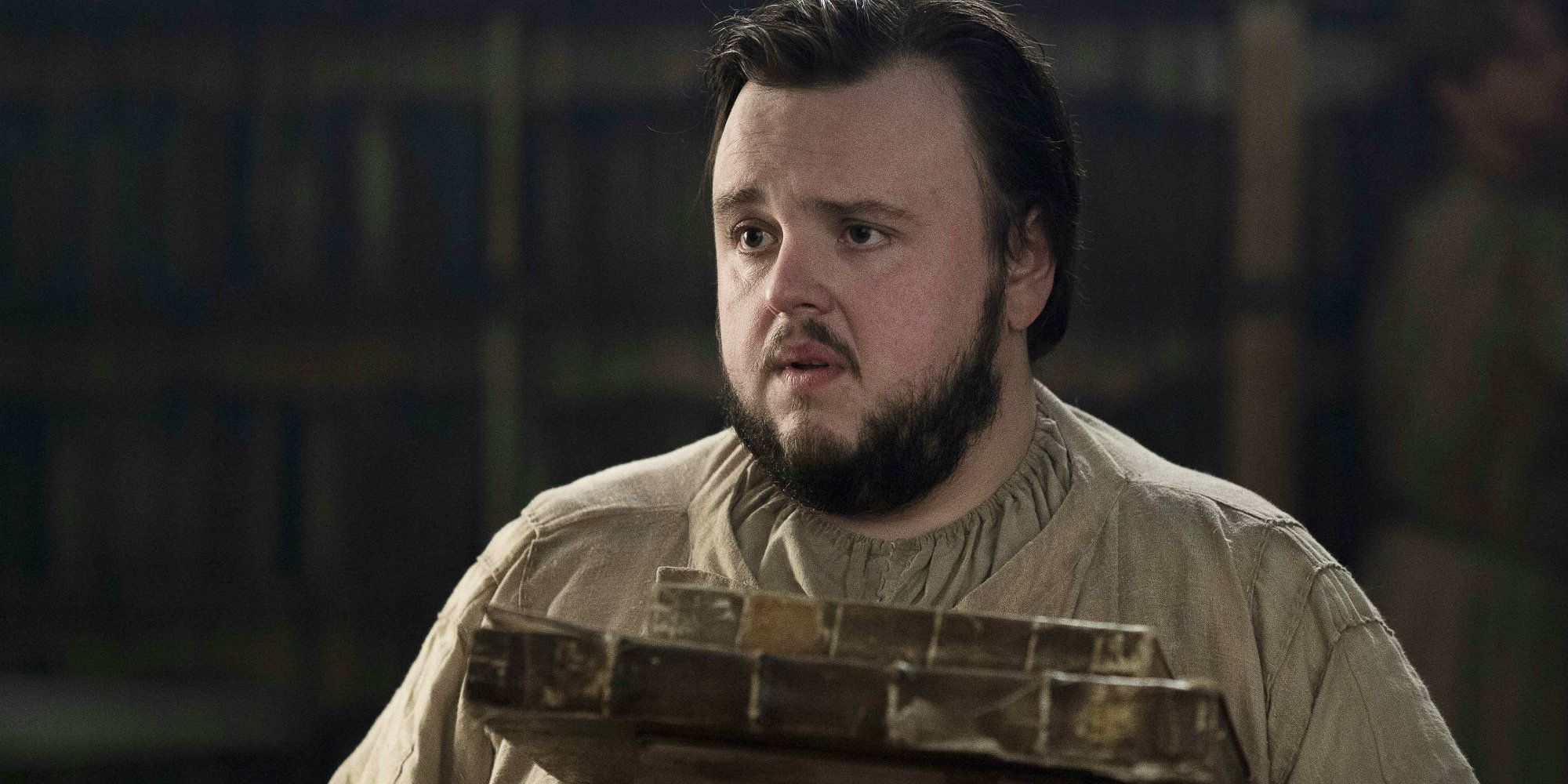
As Jon's closest friend, Samwell Tarly appeared in every season of the series. He originally debuted as a recruit of the Night's Watch before embarking on the order's most dangerous missions. Though he often stood by Jon's side, Sam acquired his own noteworthy achievements, including starting a family with Gilly and gaining the required experience to become a Grand Maester by series end.
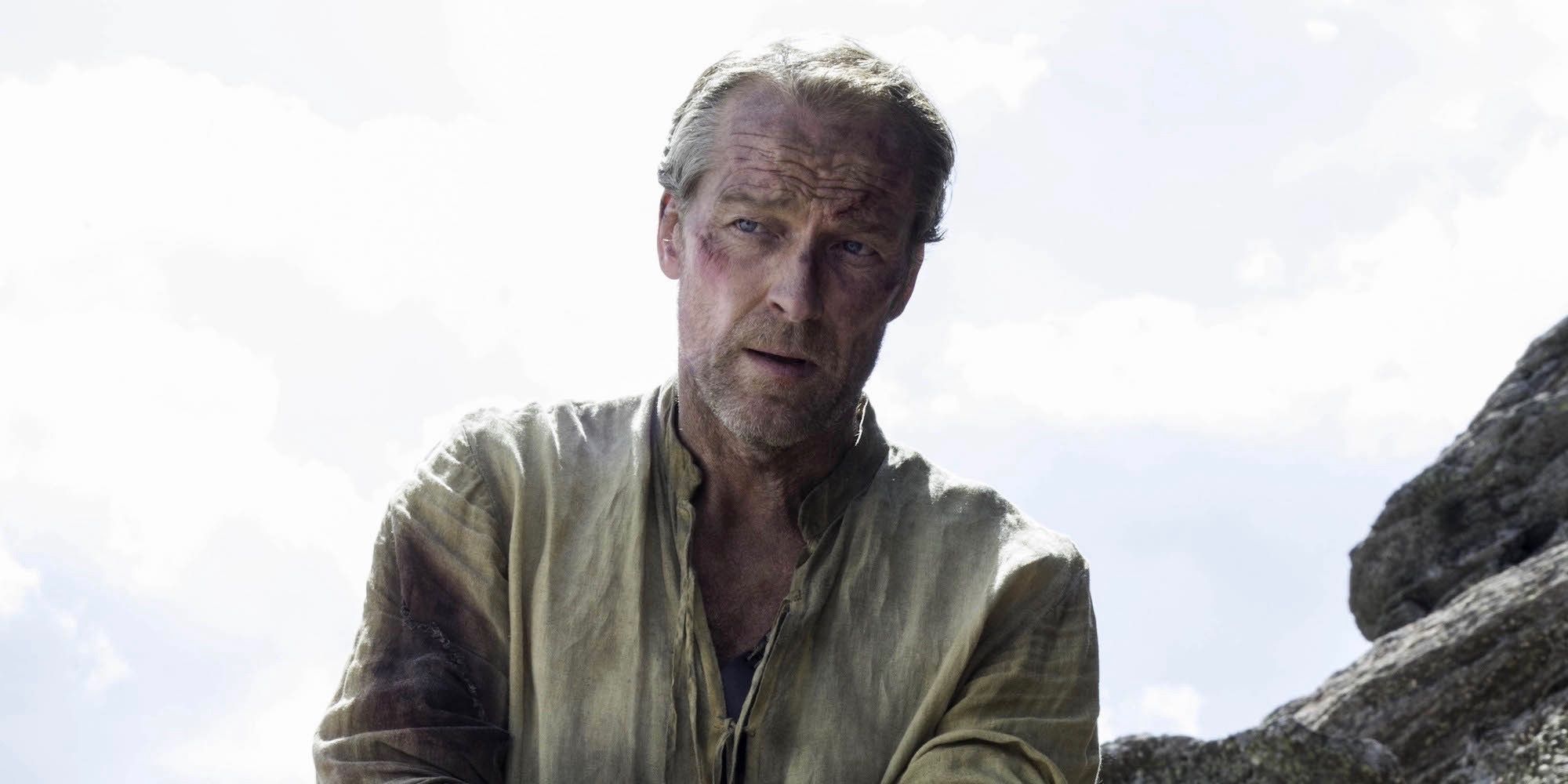
Jorah Mormont might not have been a central figure in Game of Thrones, but the character appeared every season. In his 52 total episodes, Jorah primarily served Daenerys. Saving his leader on several occasions, Jorah had abandoned his role for a brief time when he was infected with greyscale. The man was able to reunite with Daenerys' force ahead of the Battle of Winterfell, which became the site of Jorah's tragic death.
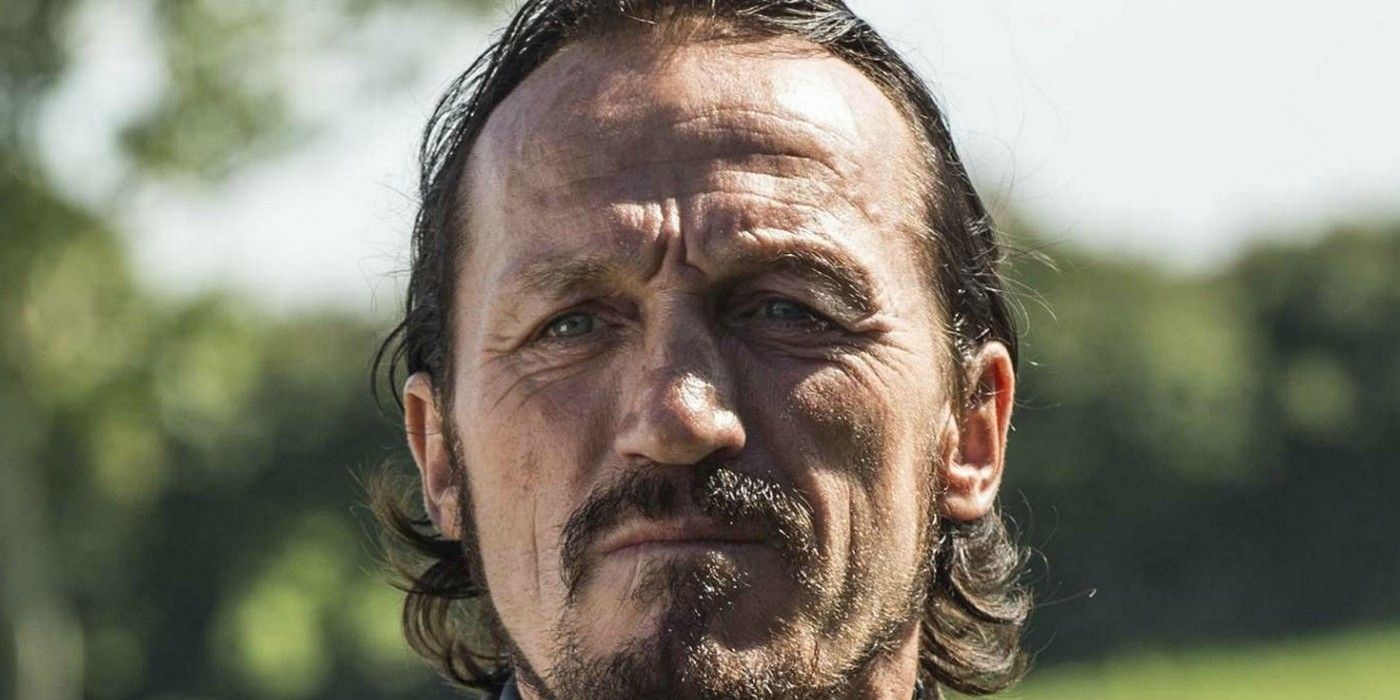
Bronn appeared in a handful of episodes in every season of Game of Thrones. First presented as a sellsword, Bronn emerged as the personal bodyguard to Tyrion before gaining more work in King's Landing. Despite having ties to House Lannister, Bronn was more of a wildcard. Due to his arrangement with Tyrion, Bronn was made the Lord of Highgarden and Master of Coin when Bran was named the new ruler of the Seven Kingdoms.
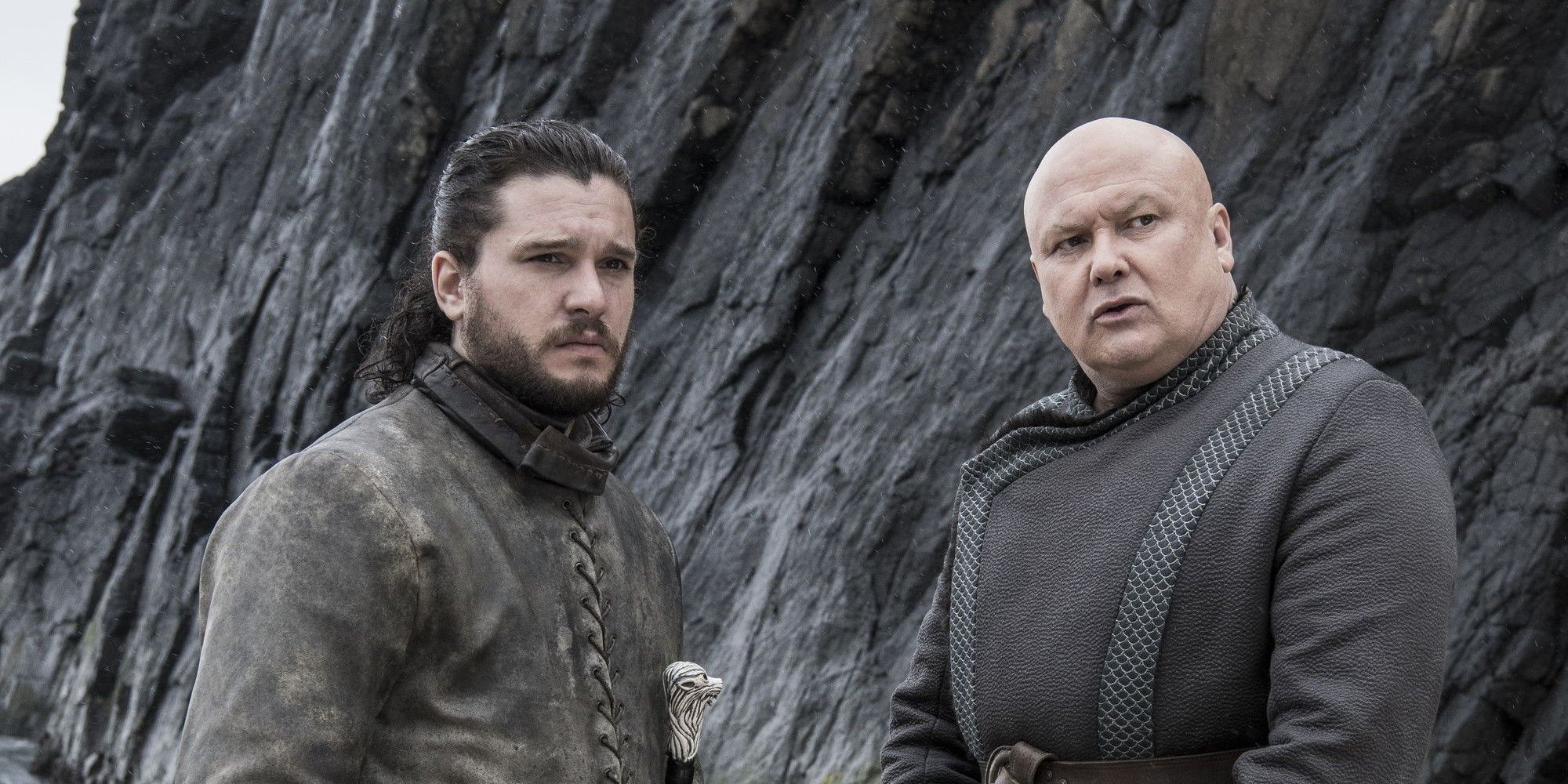
Despite not being physically active in the War of the Five Kings, Varys was a key member of the conflict based on his intel. While serving as the Master of Whispers on the Baratheon small council, Varys eventually fled from King's Landing, seeing as he was active in the cause against House Lannister. He remained a key supporter of Daenerys, serving her until the attack on King's Landing. Due to his worries regarding Daenerys' sanity, Varys was executed for treason in Game of Thrones' final season.
from ScreenRant - Feed https://ift.tt/3dPPE3m
via IFTTT






